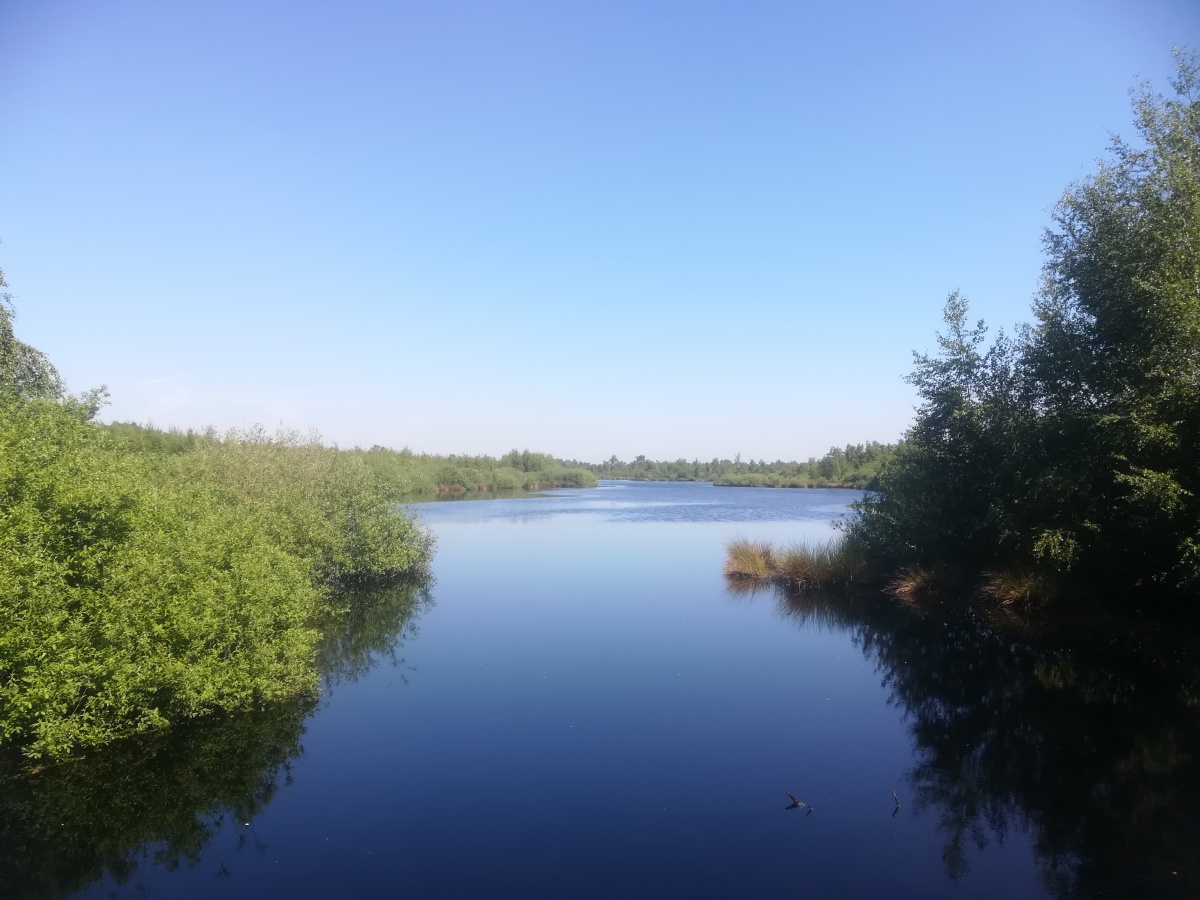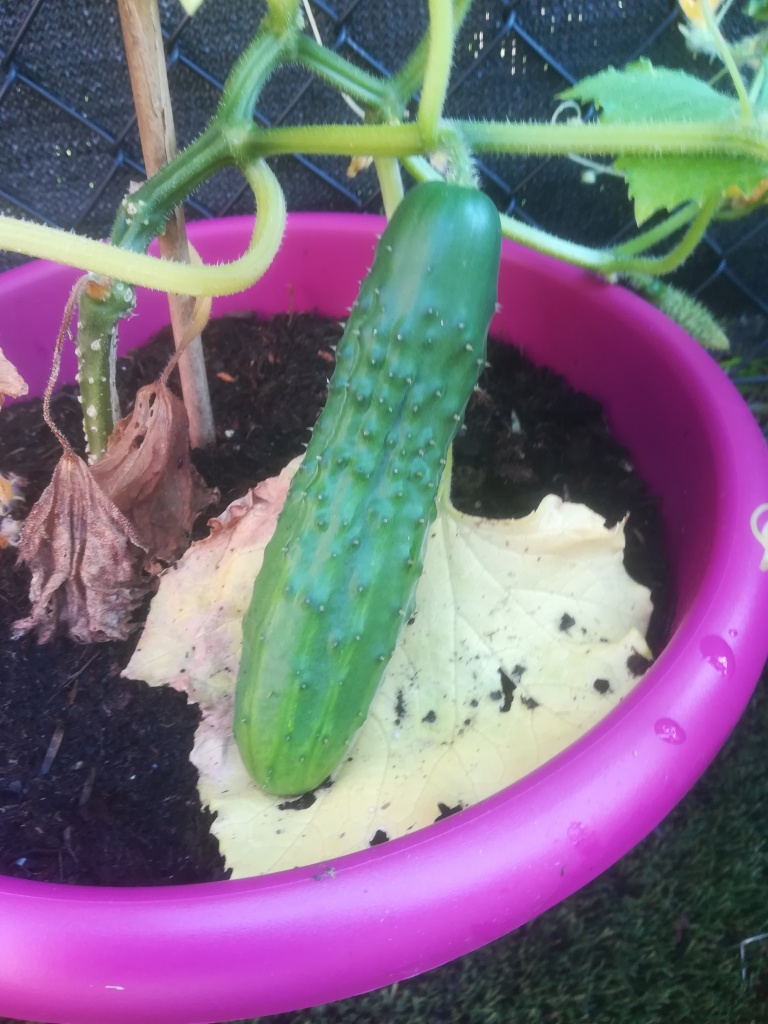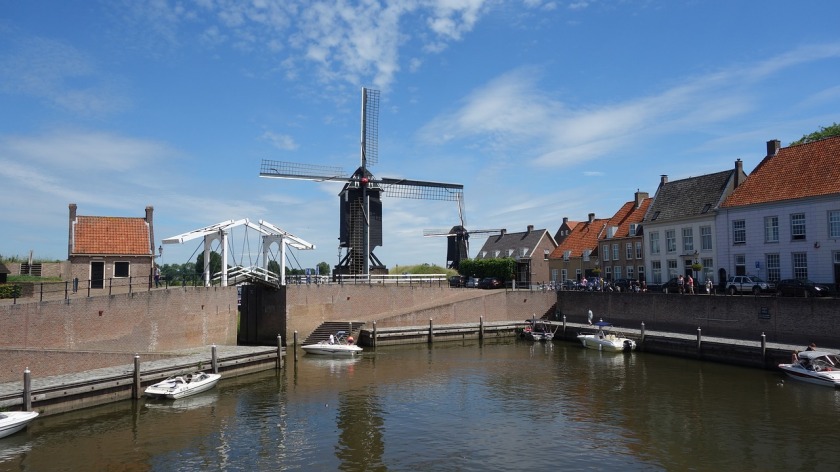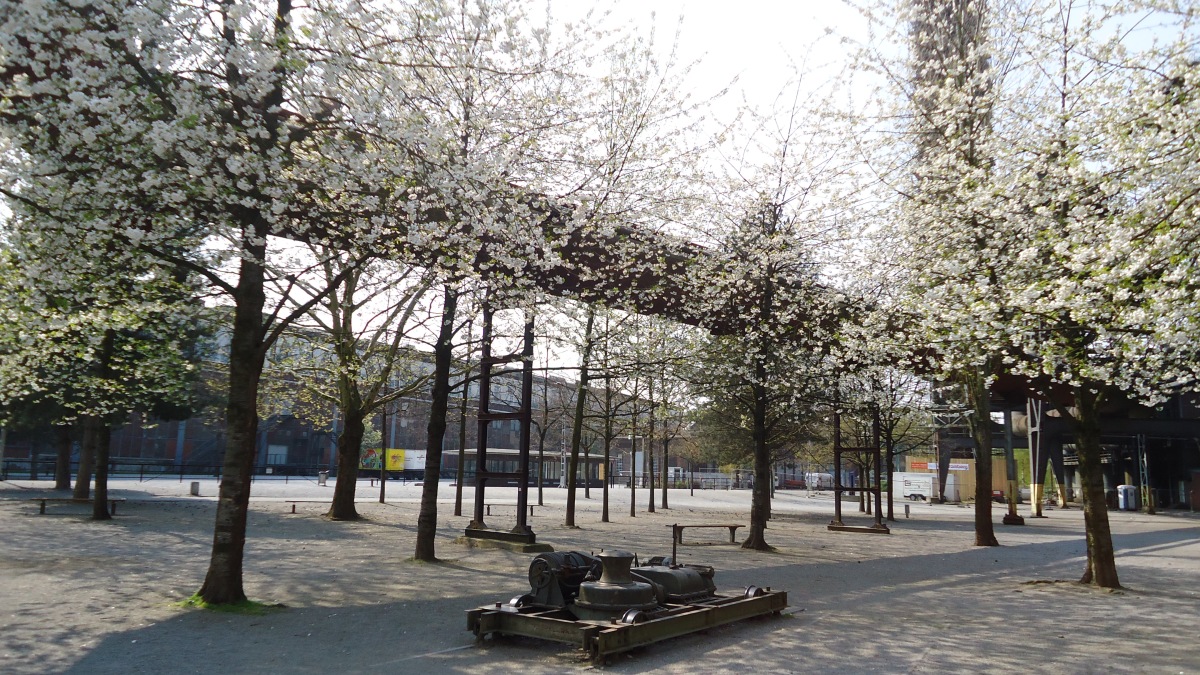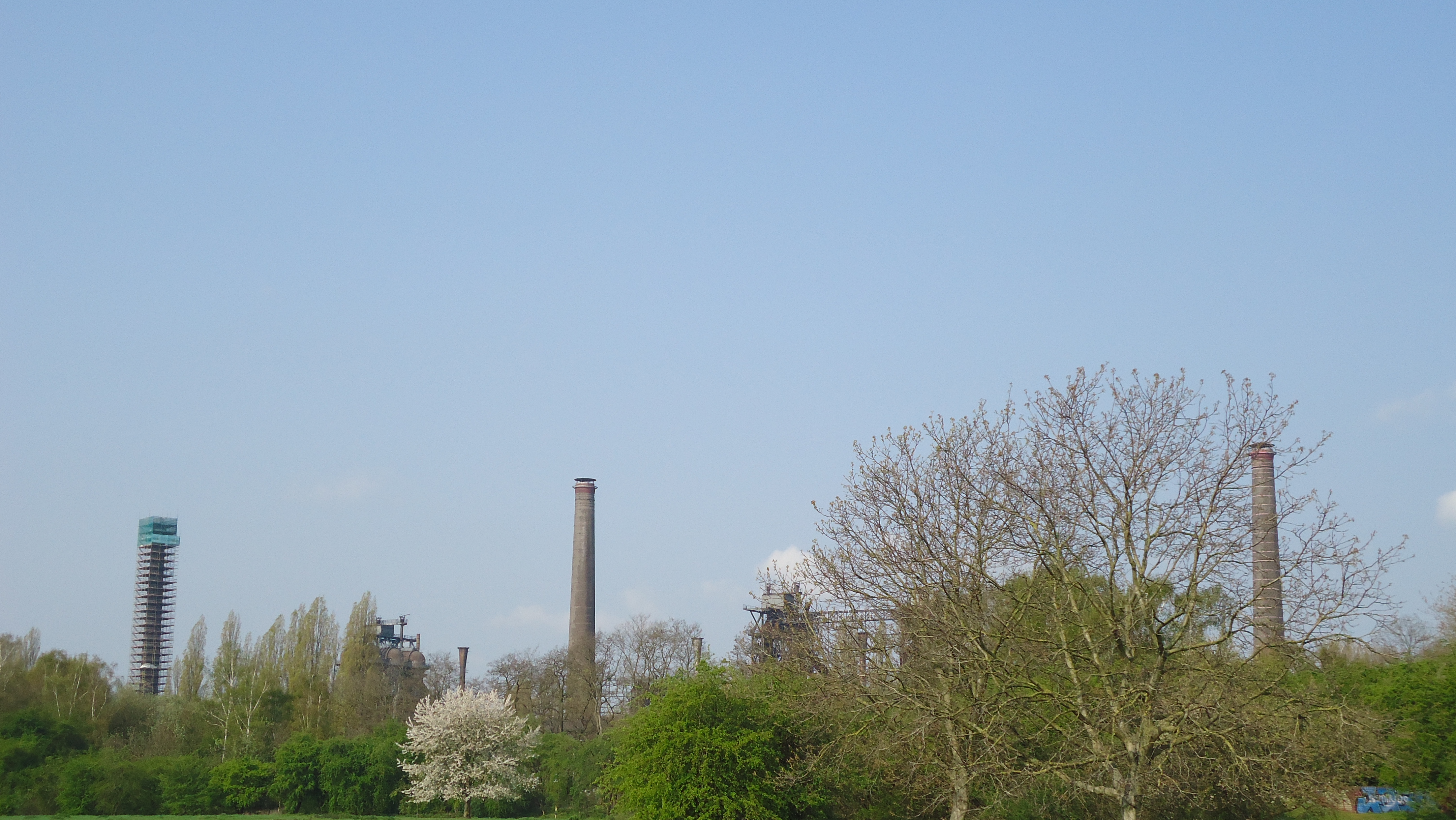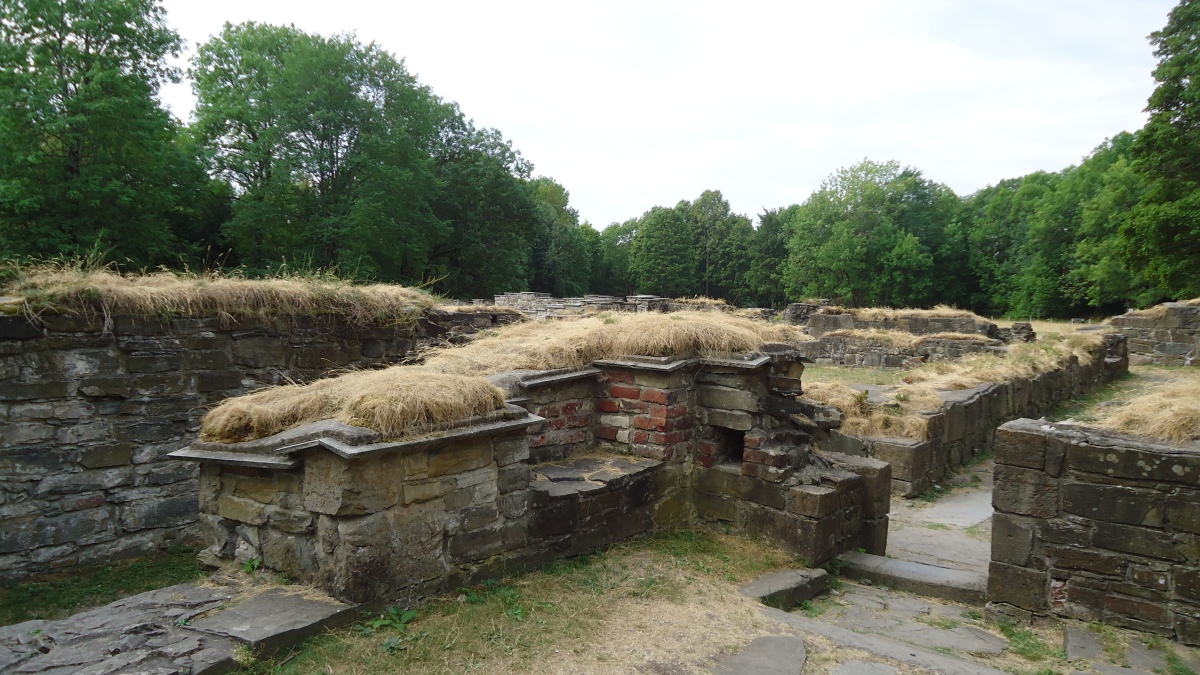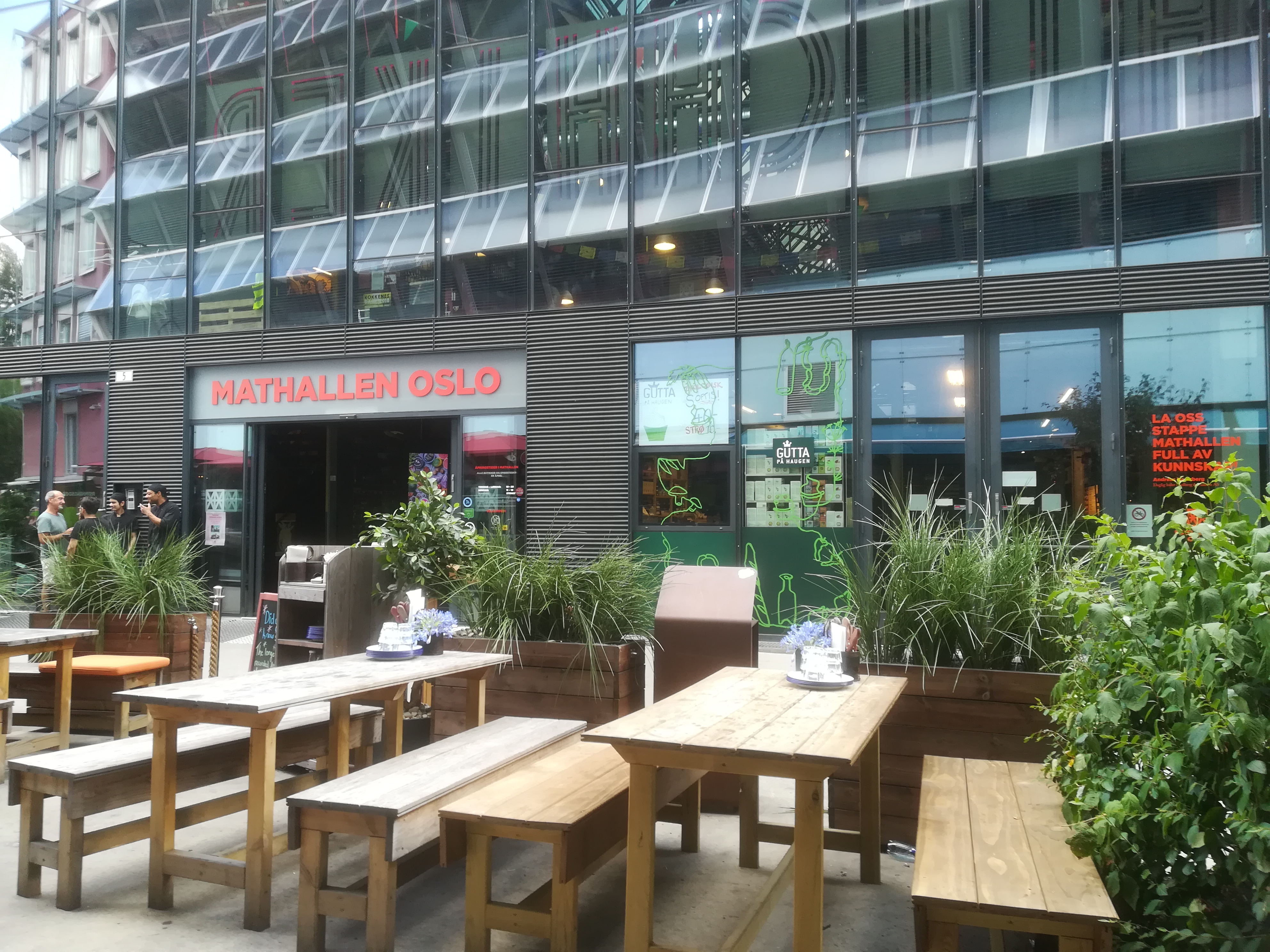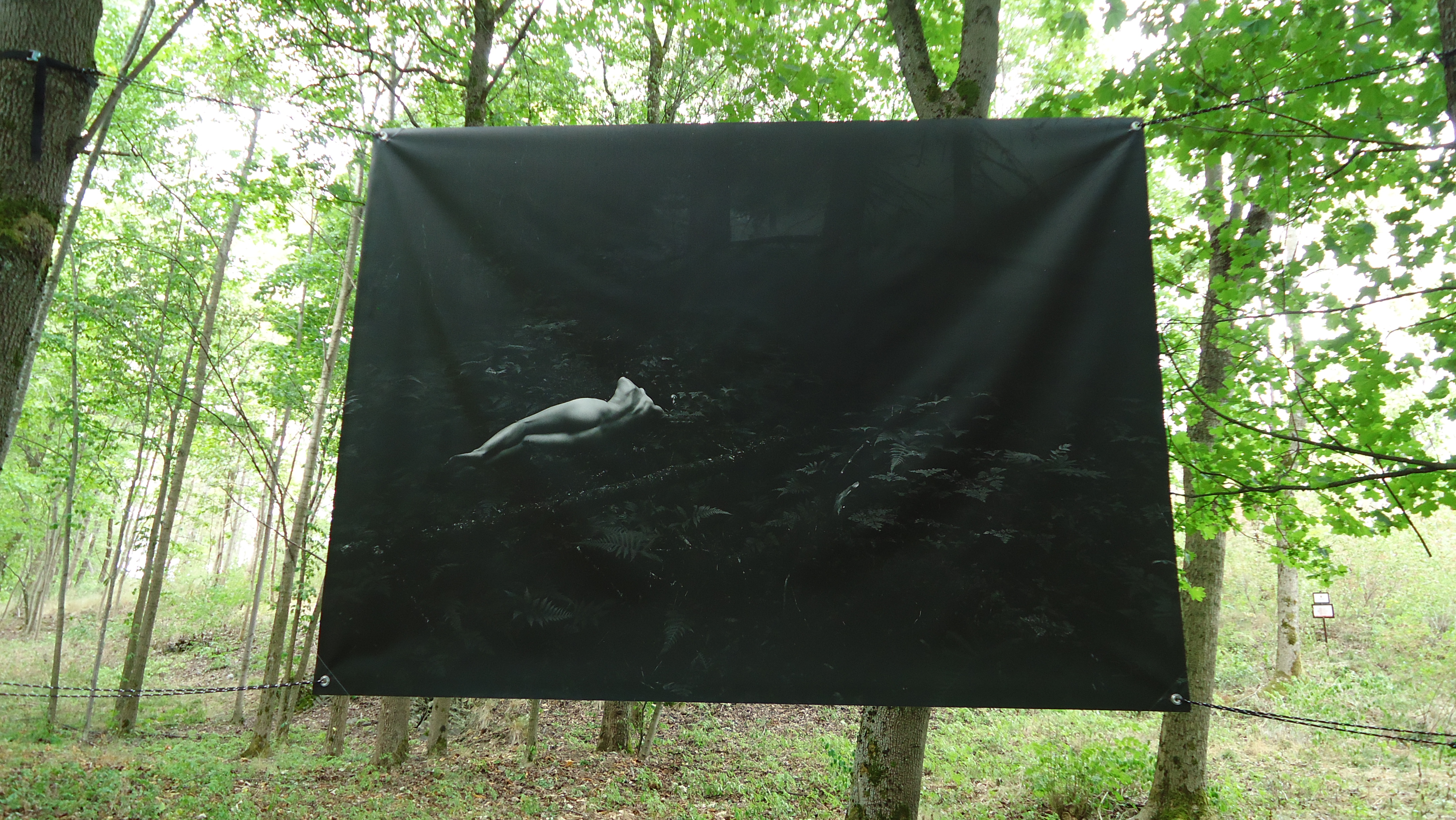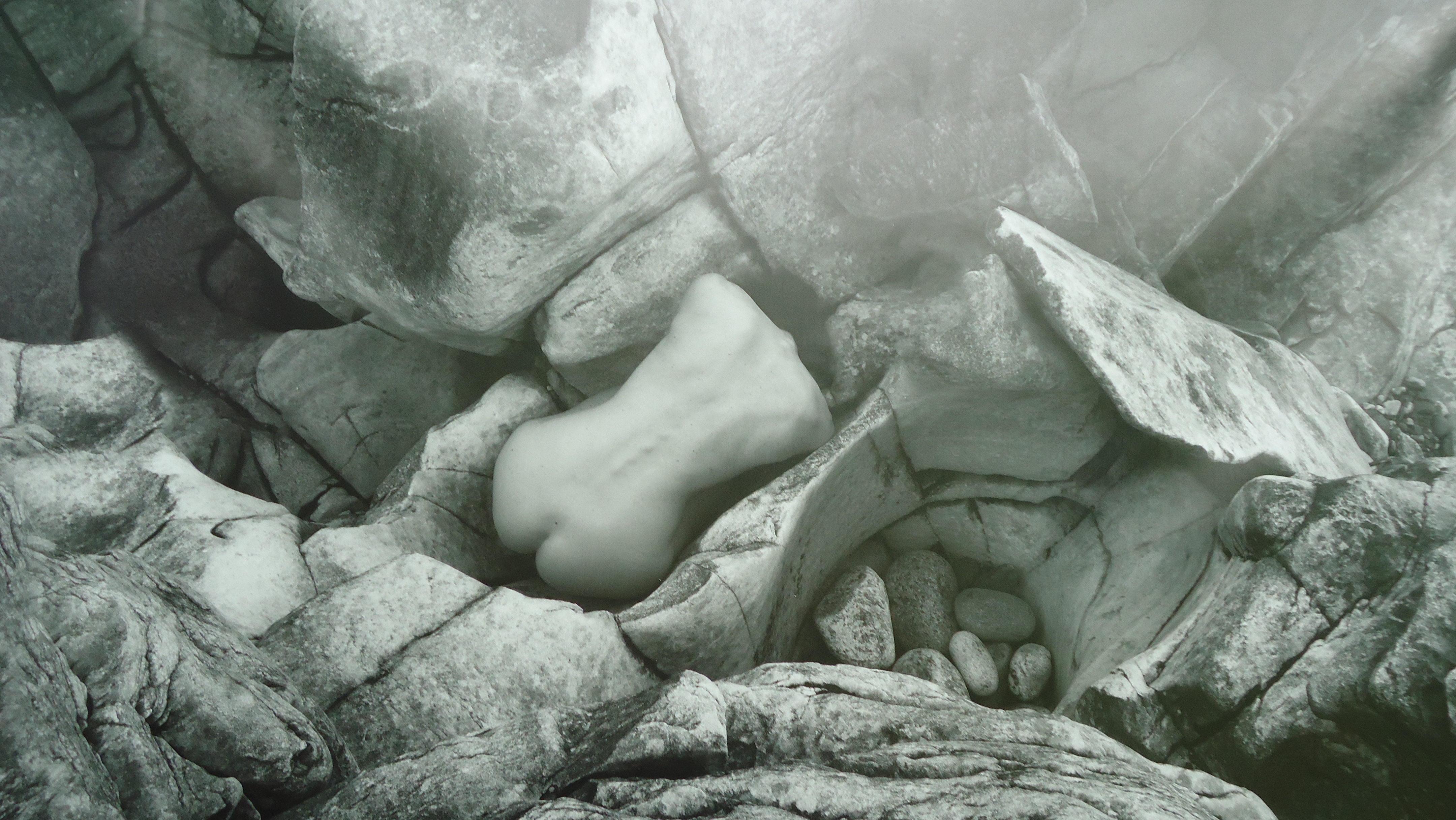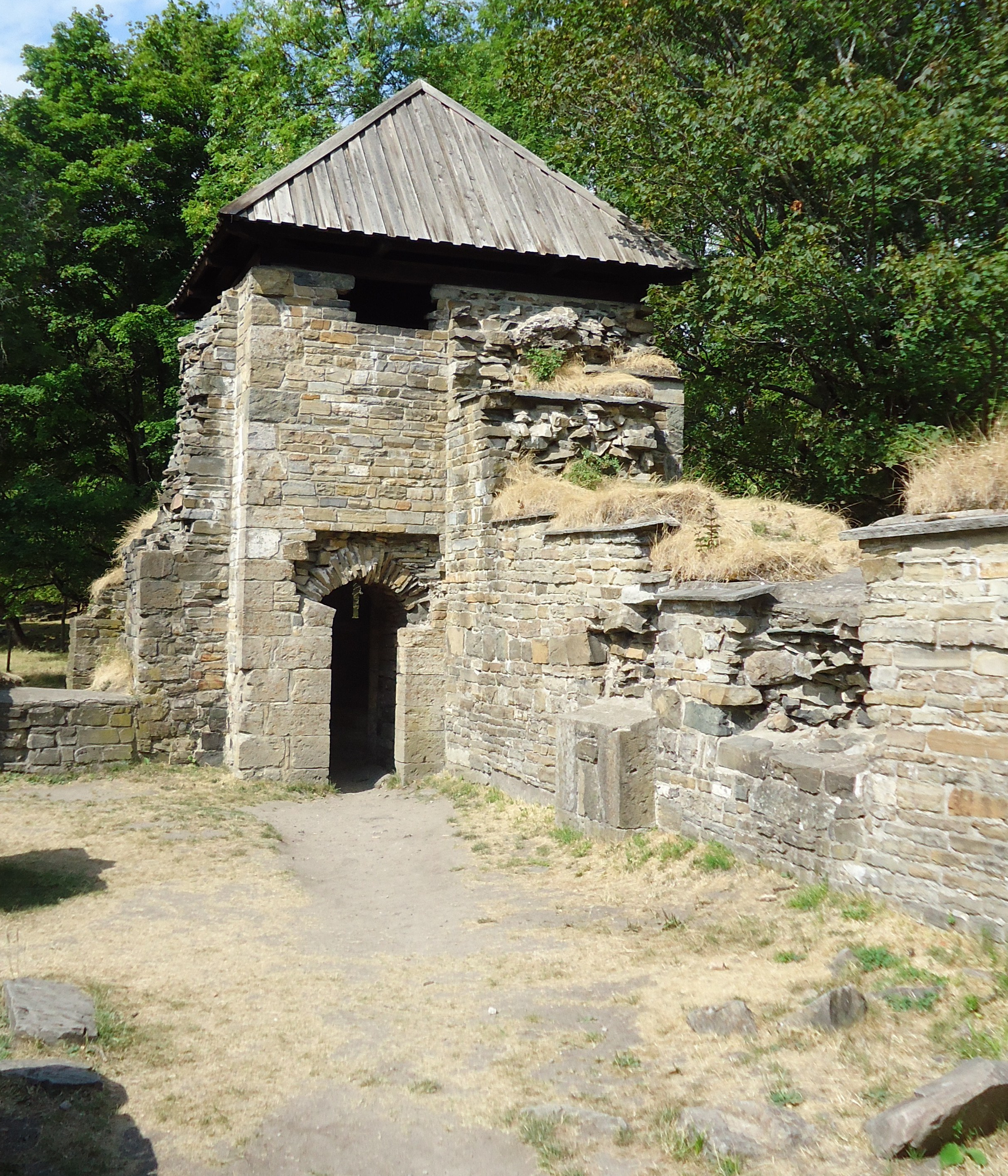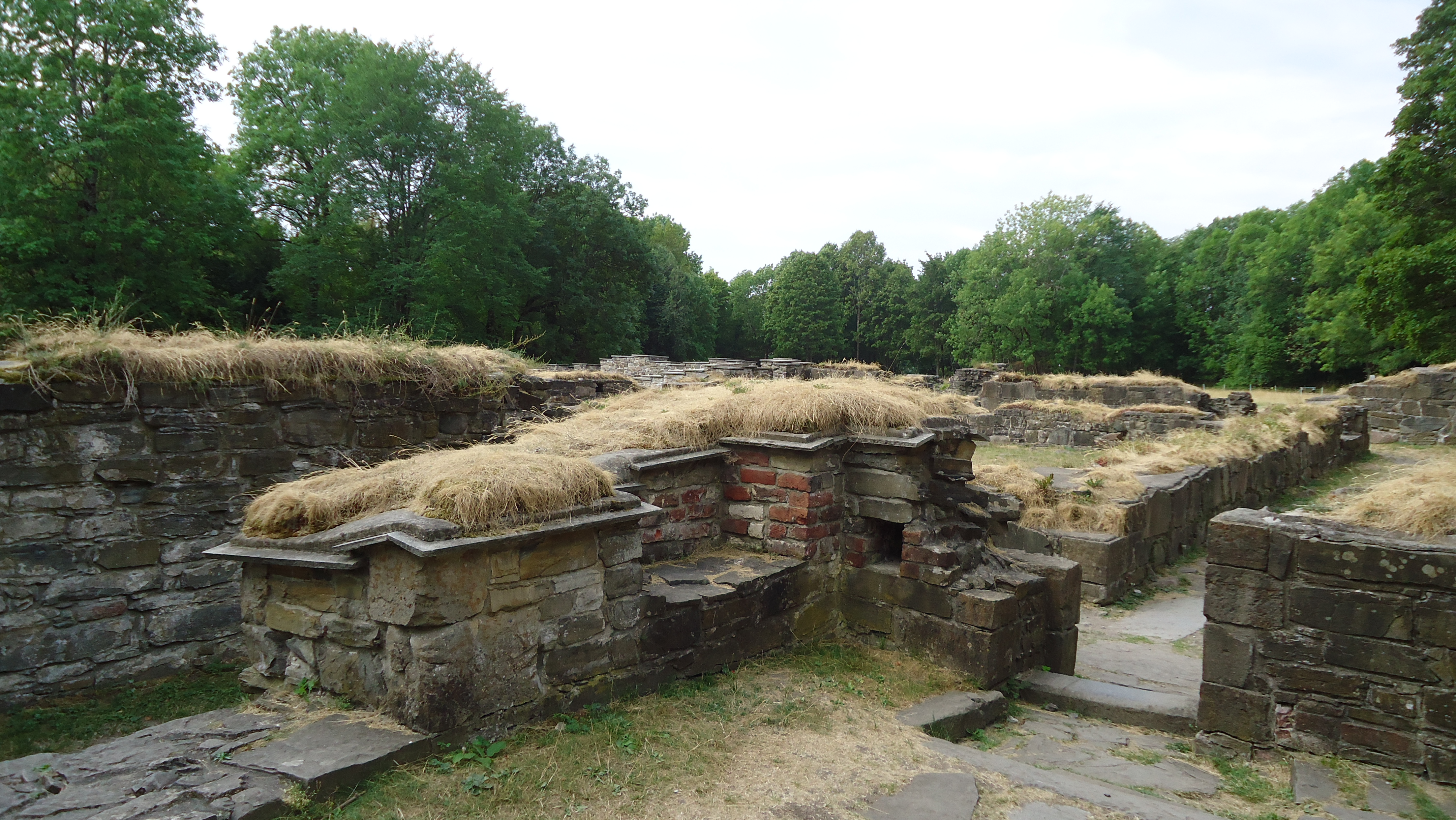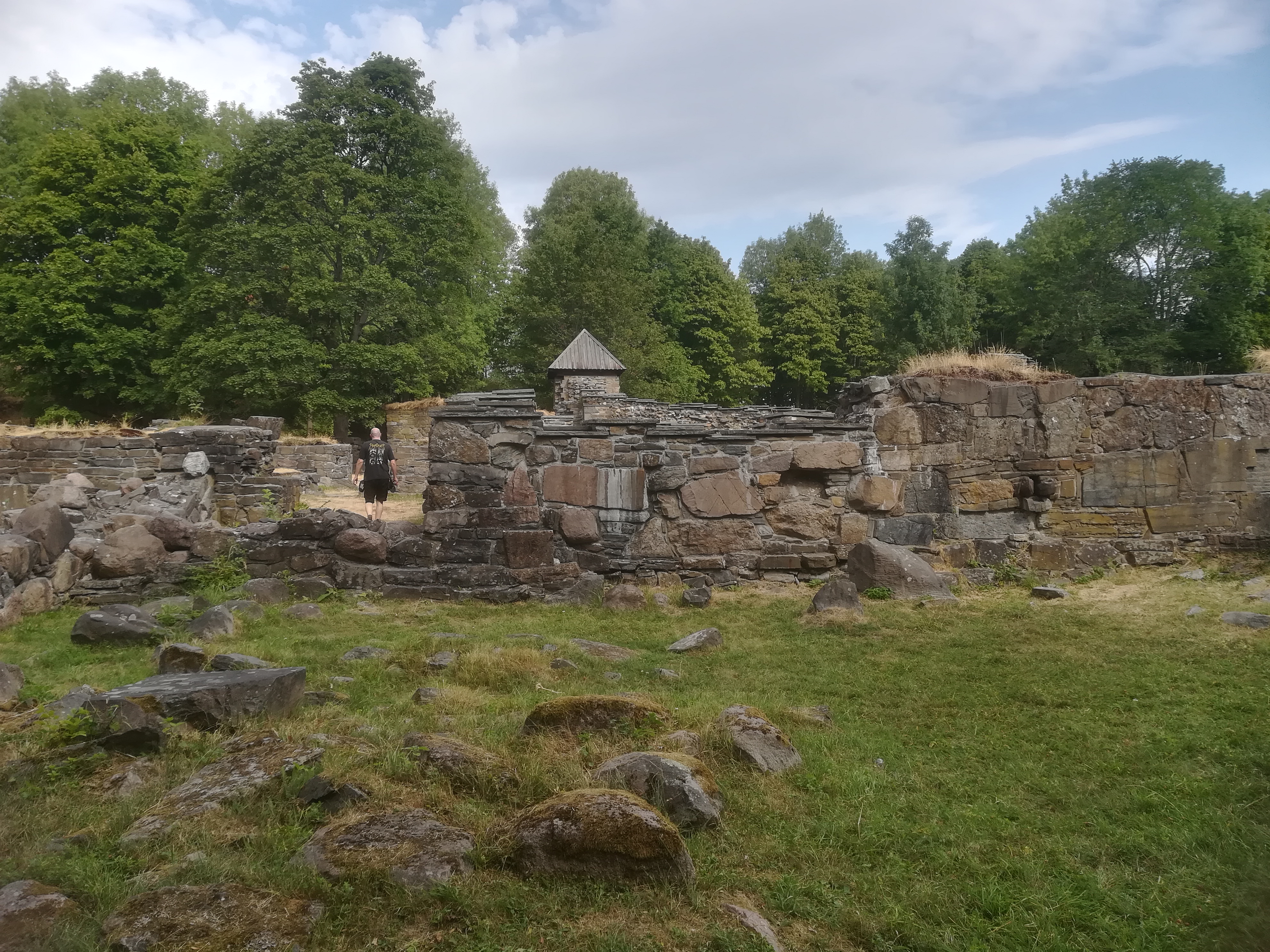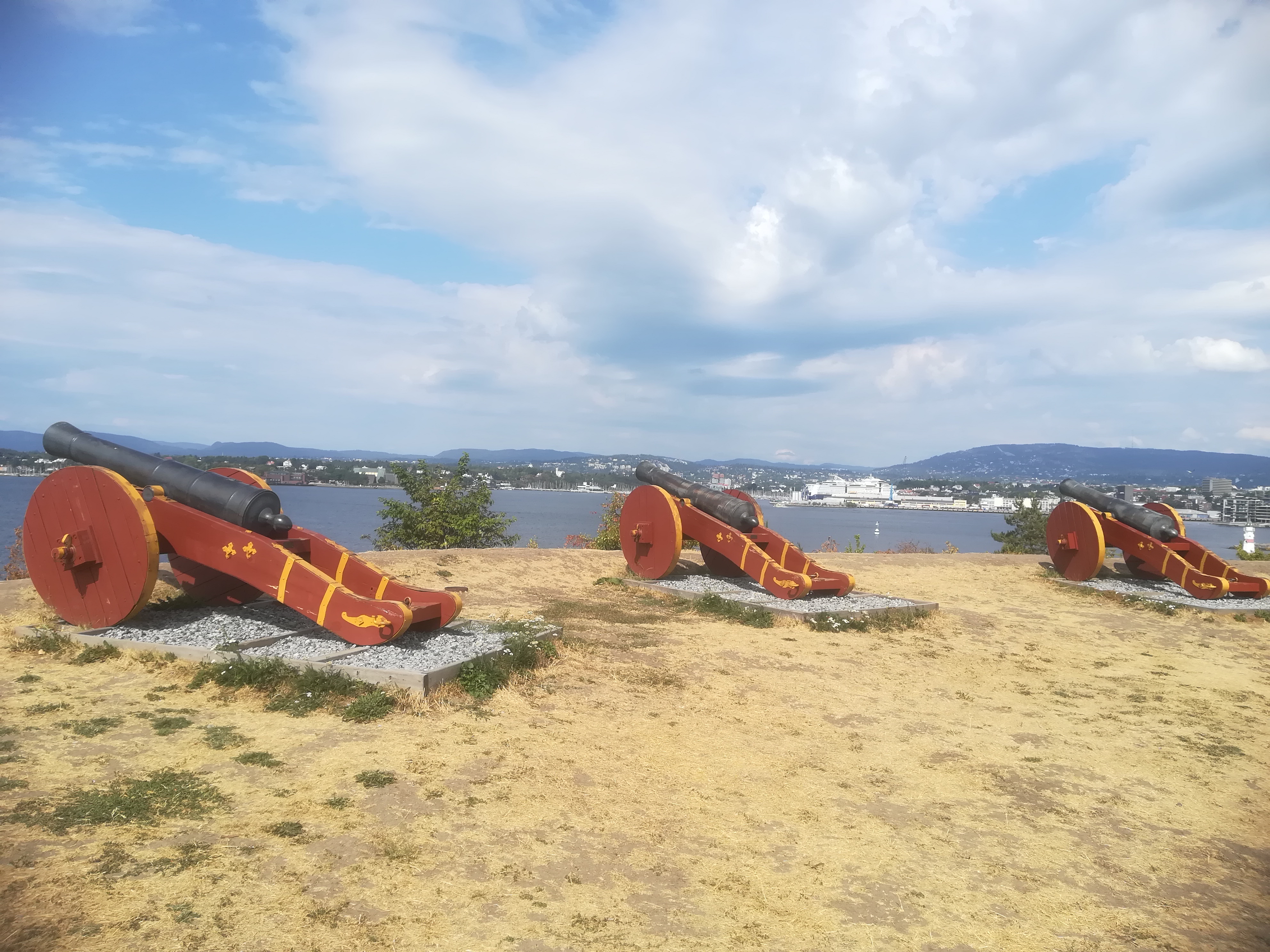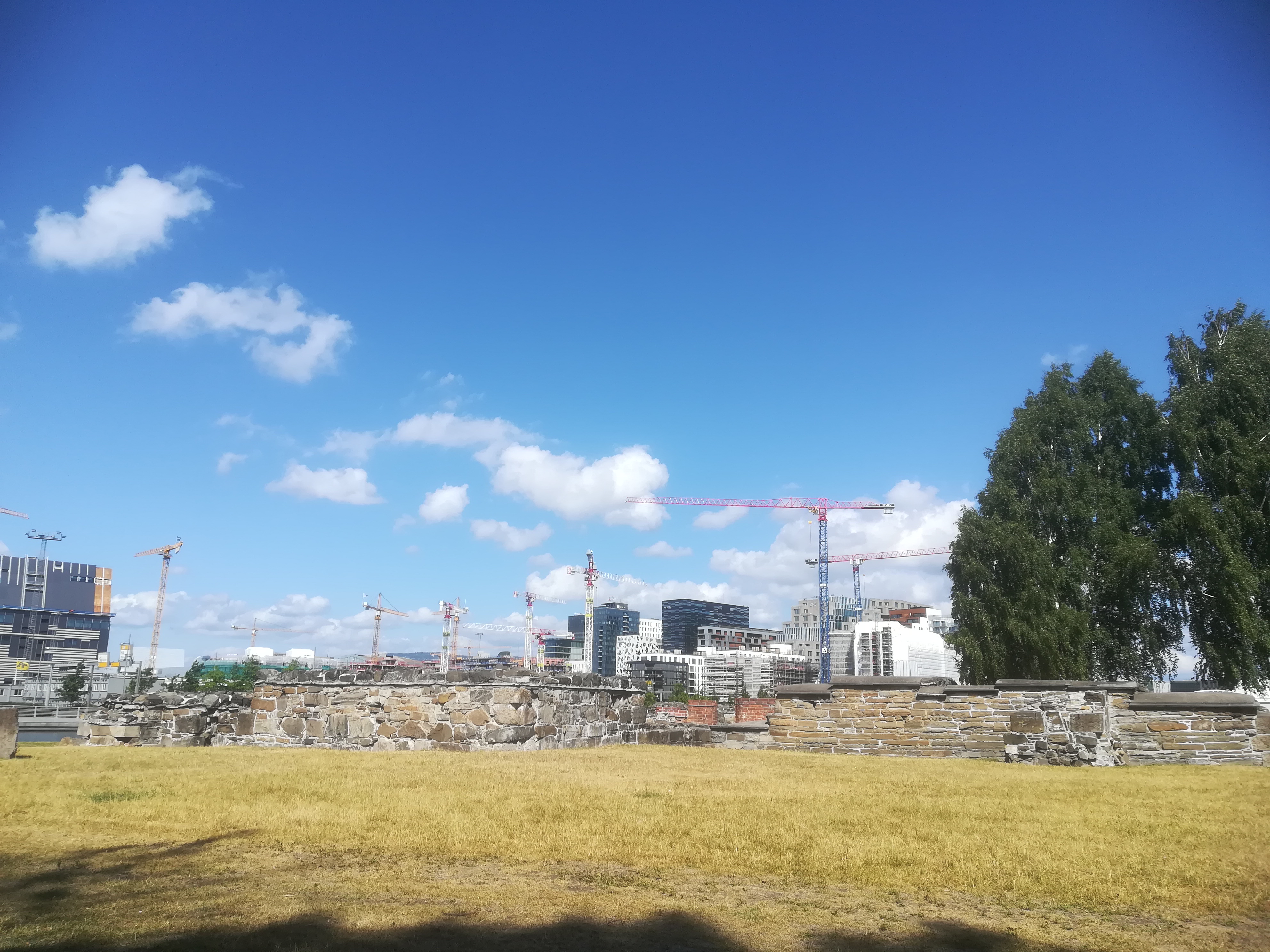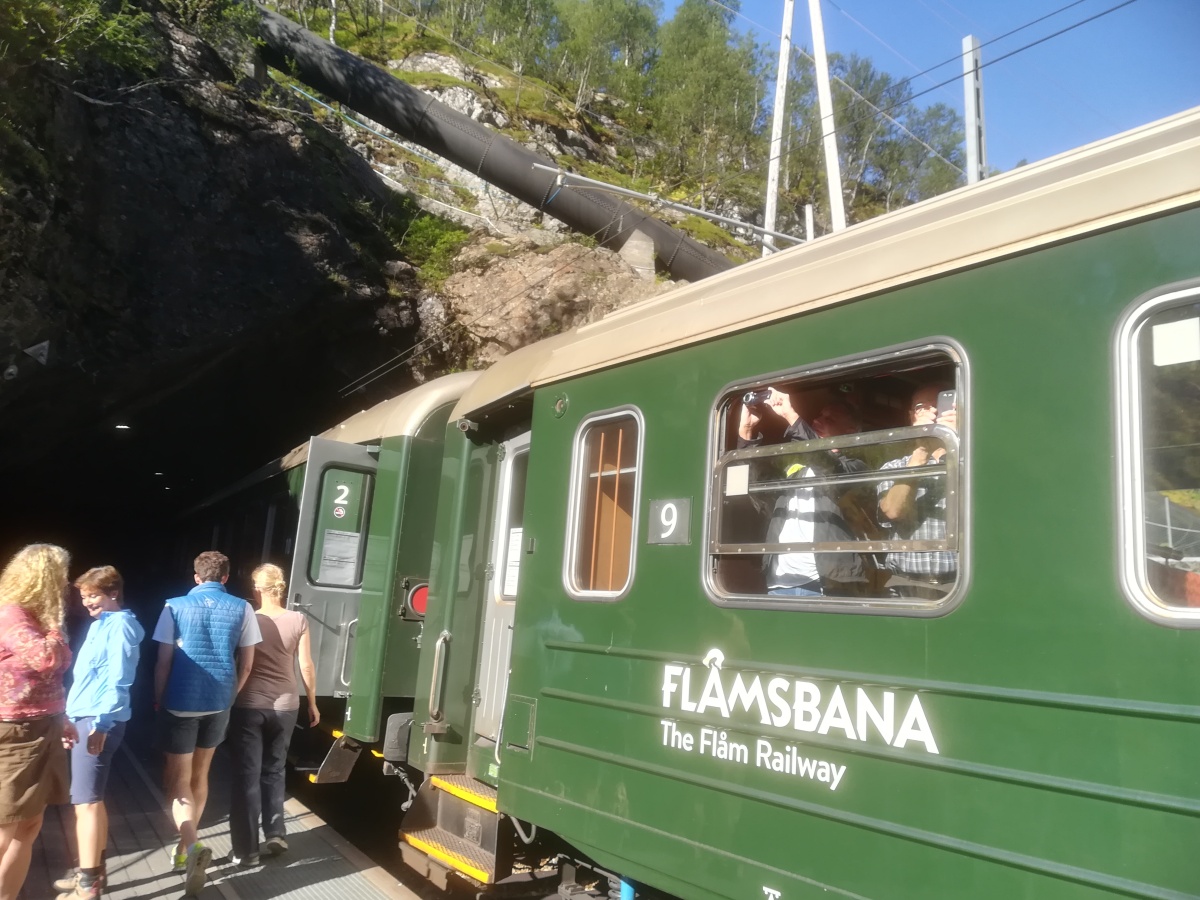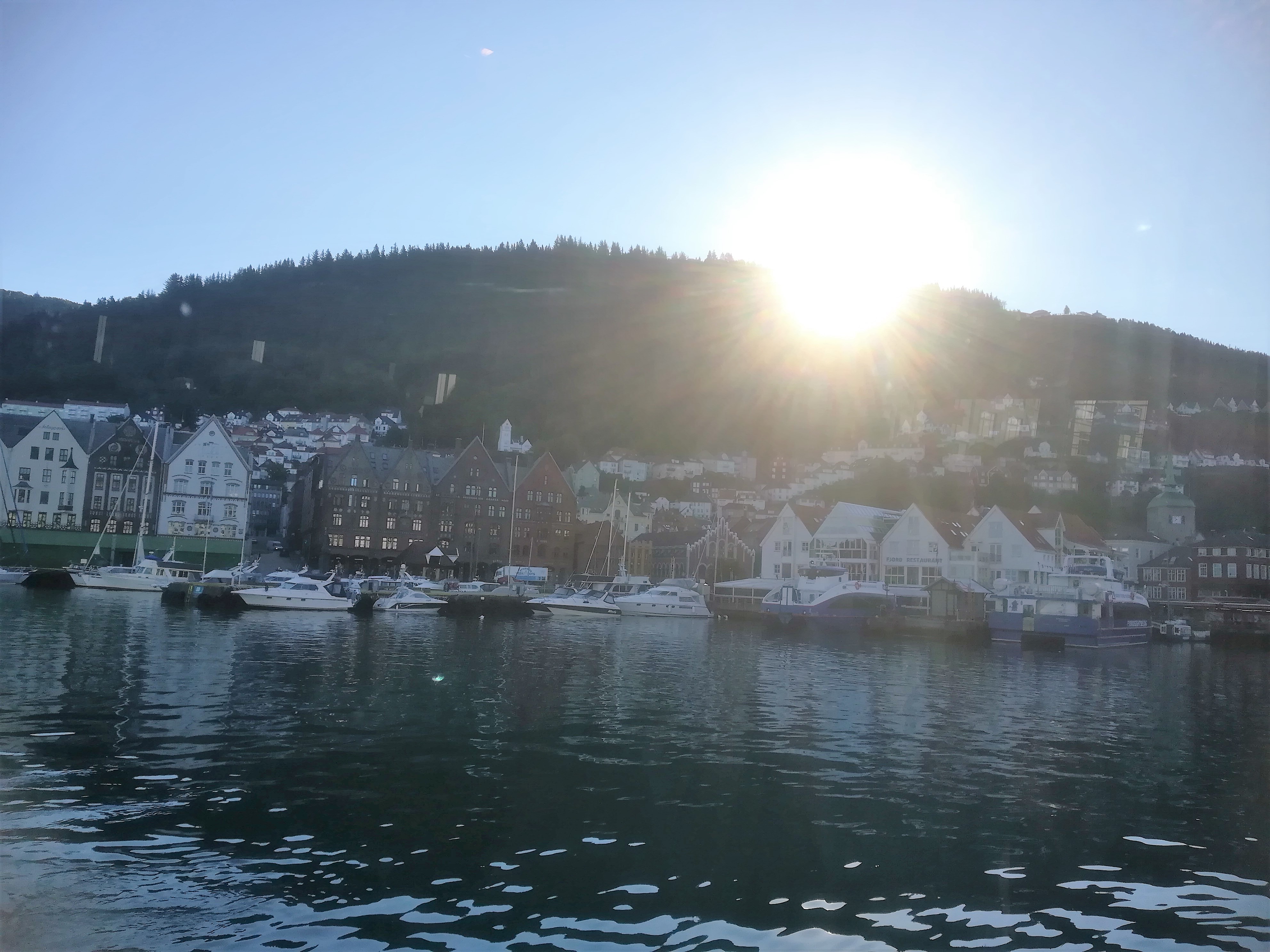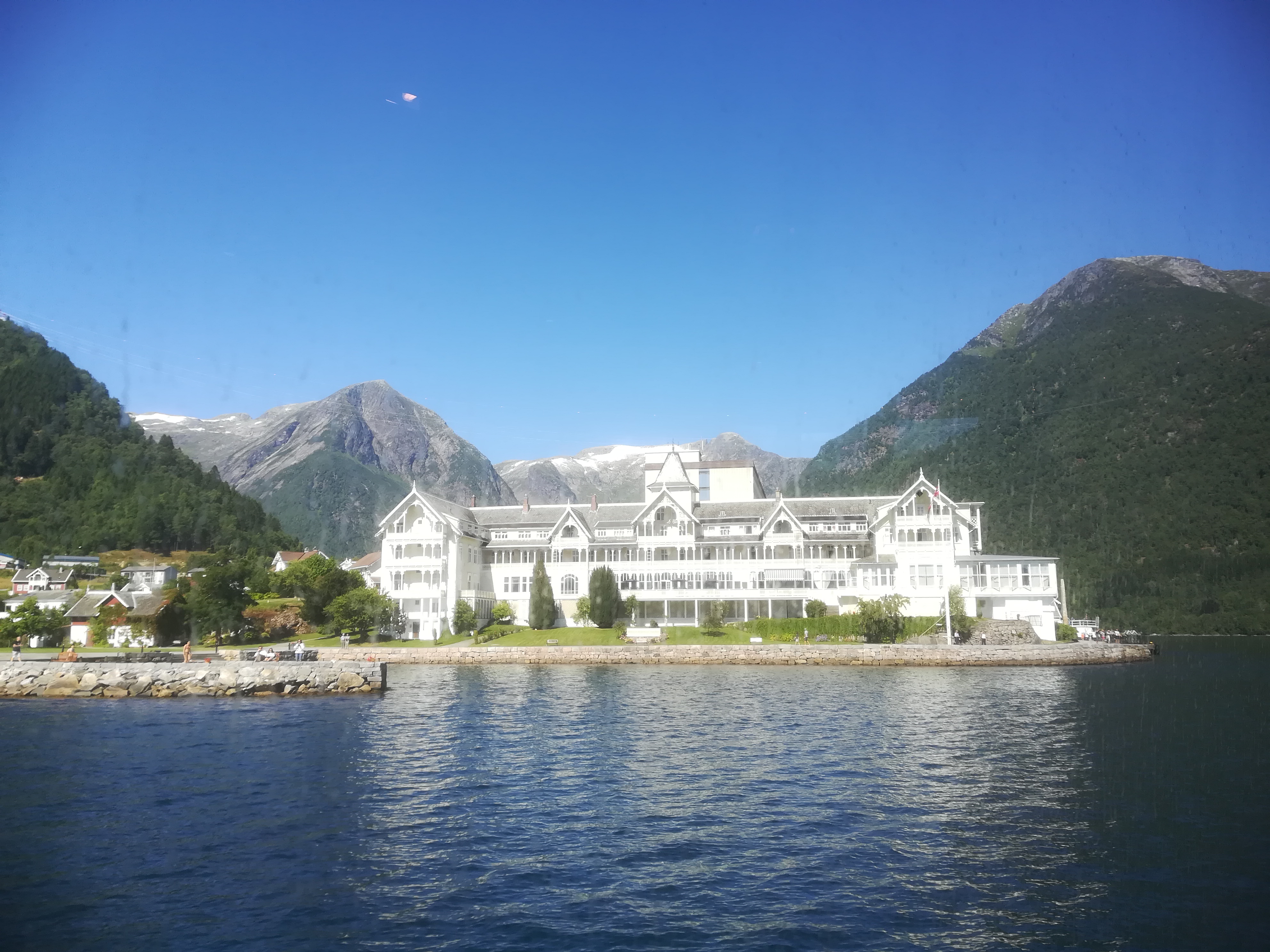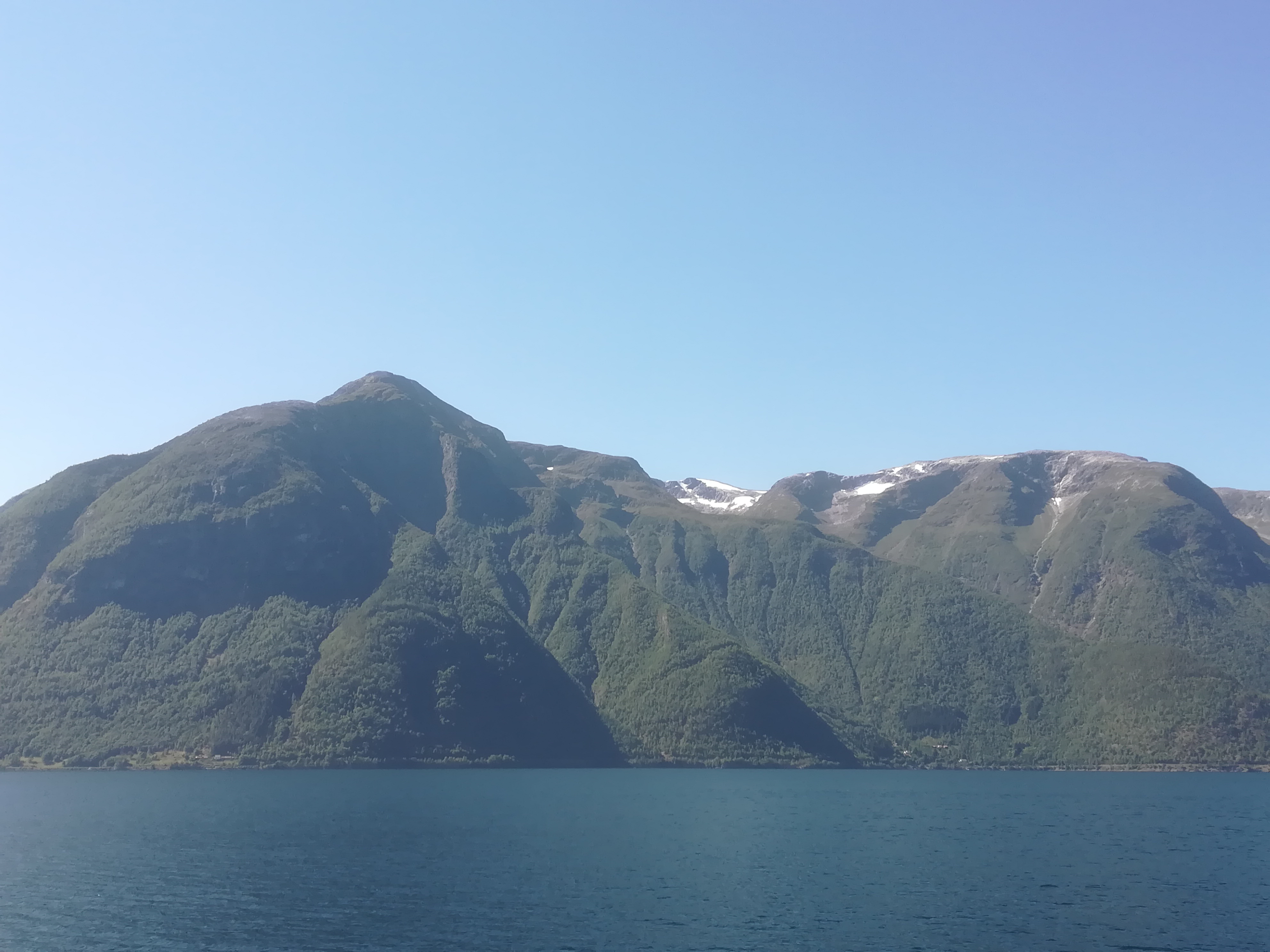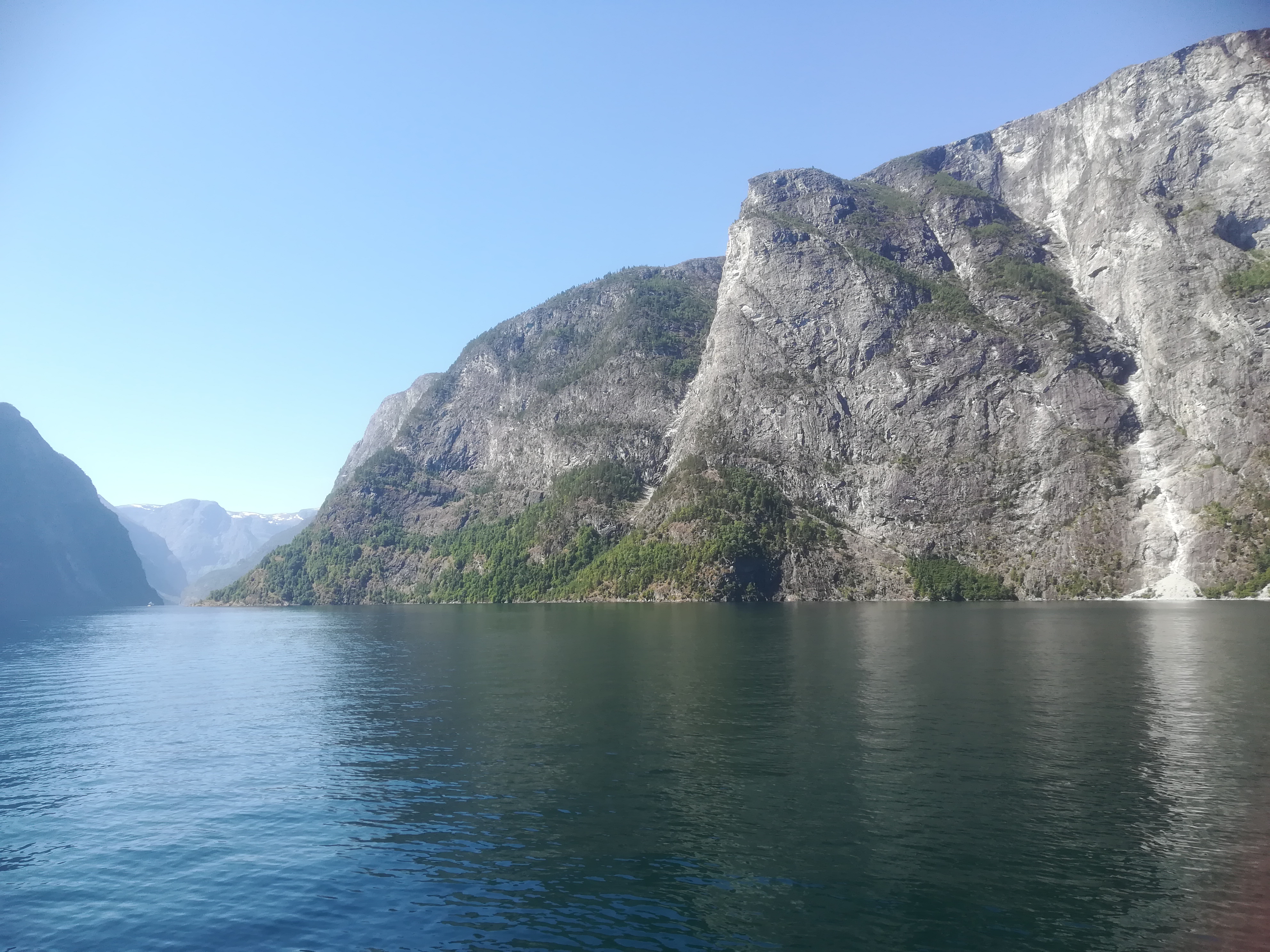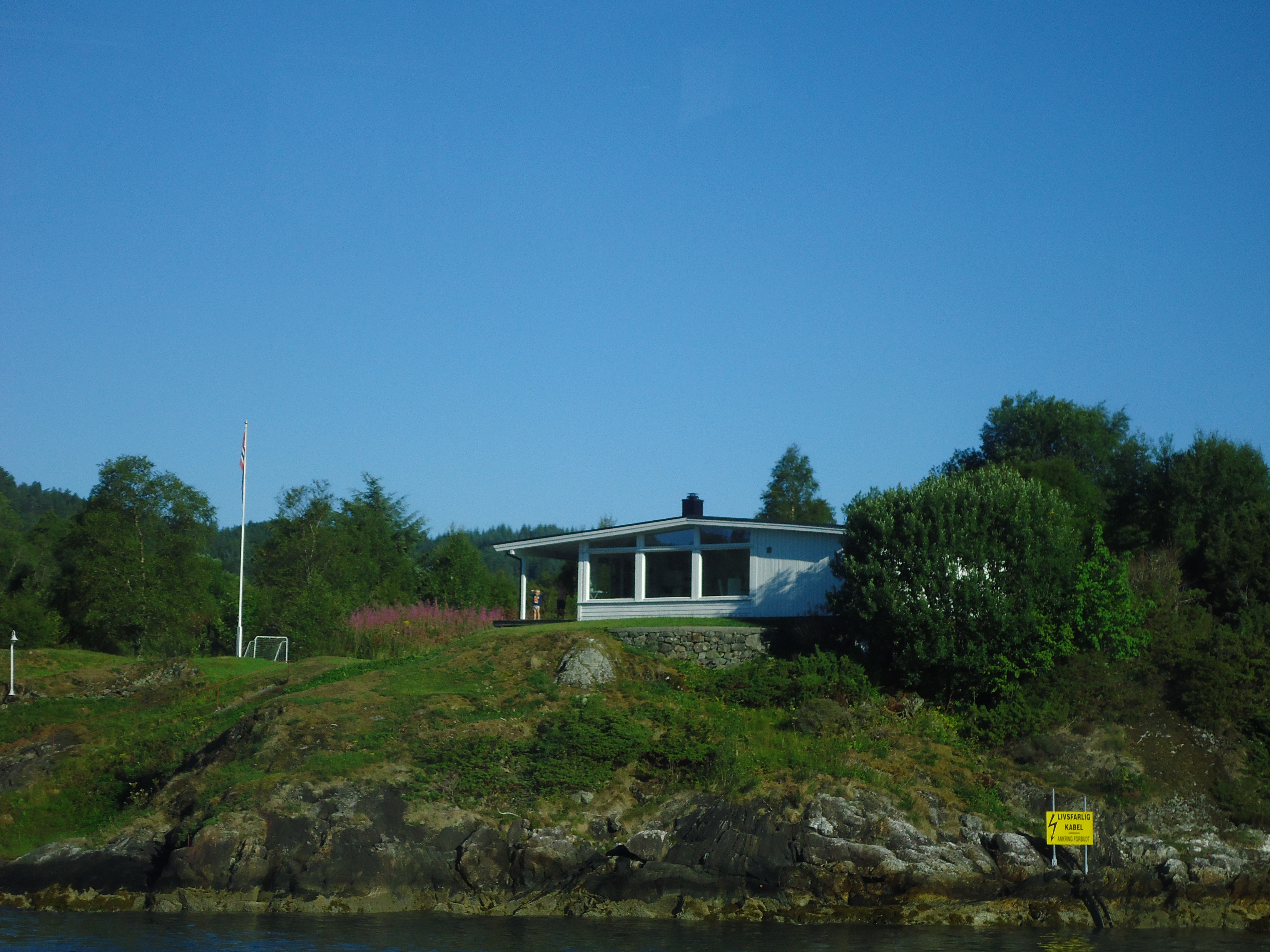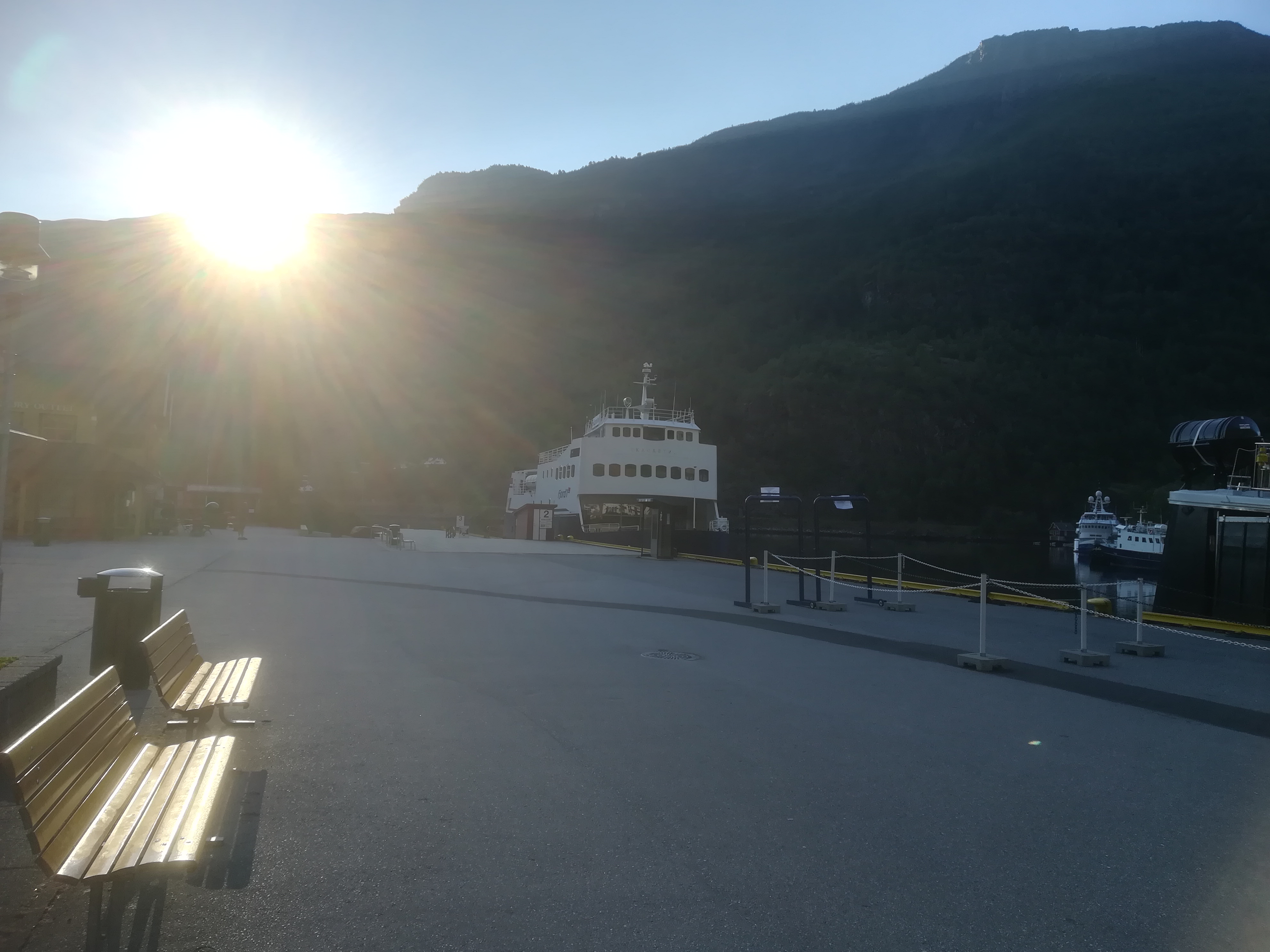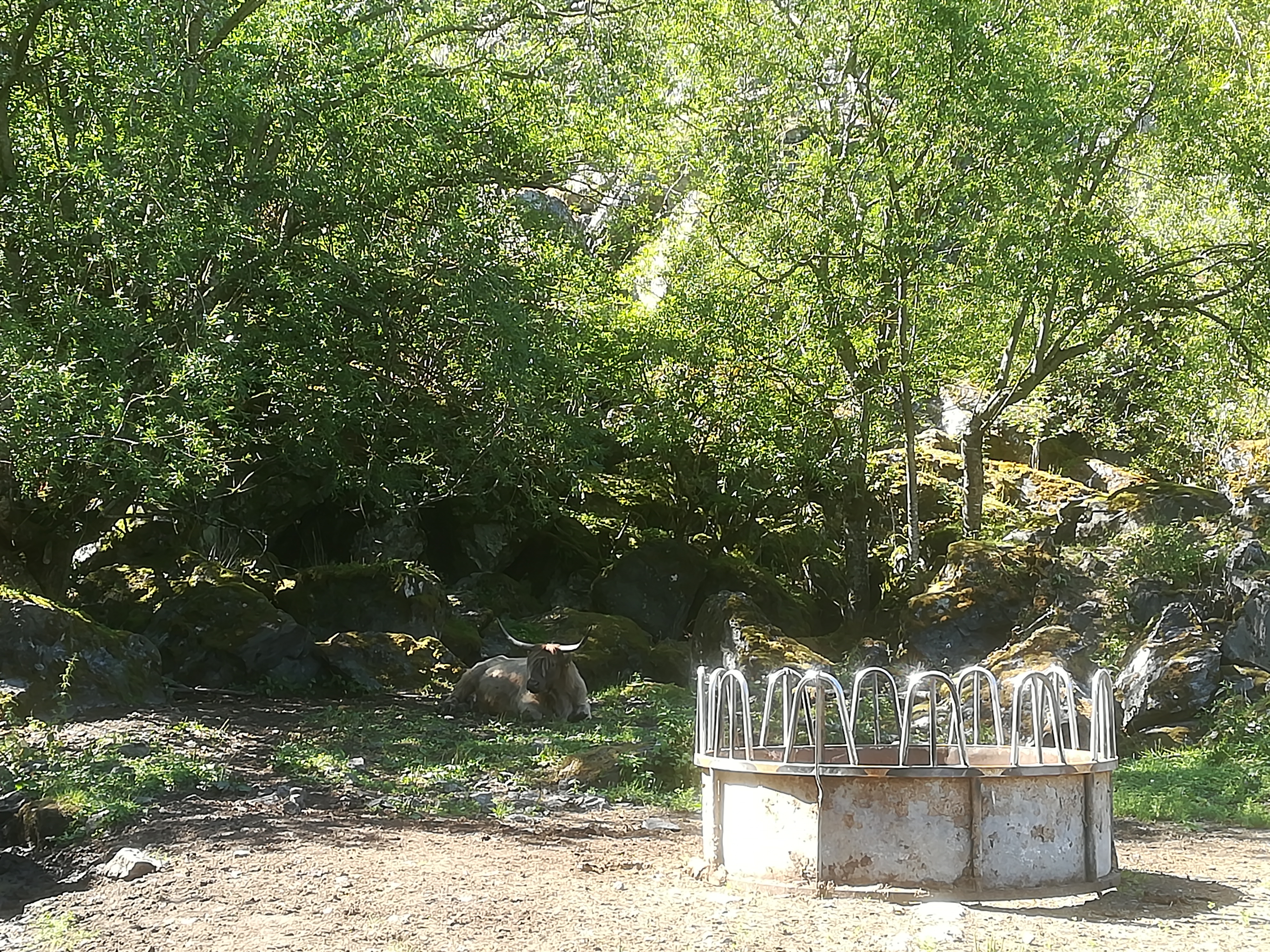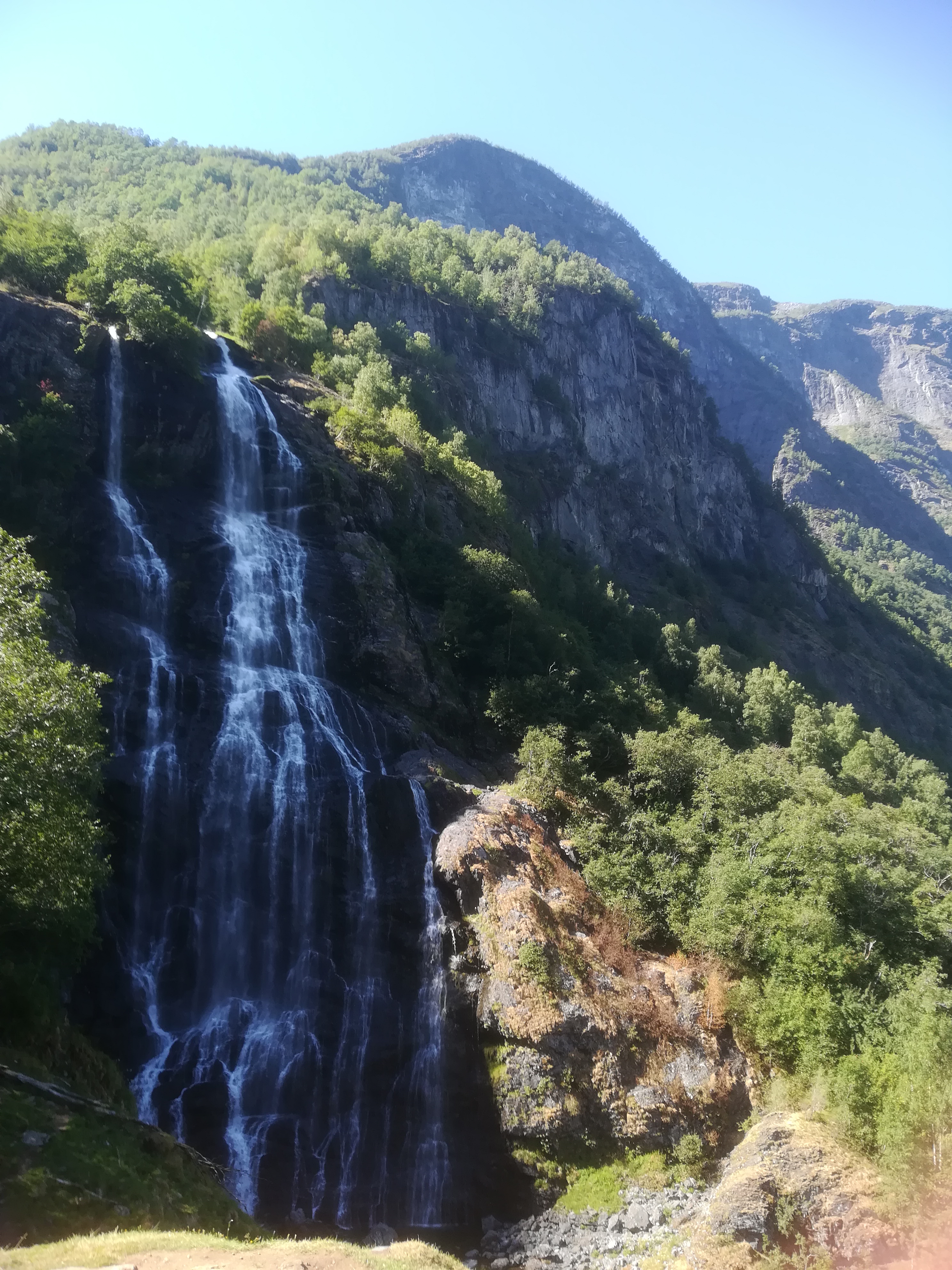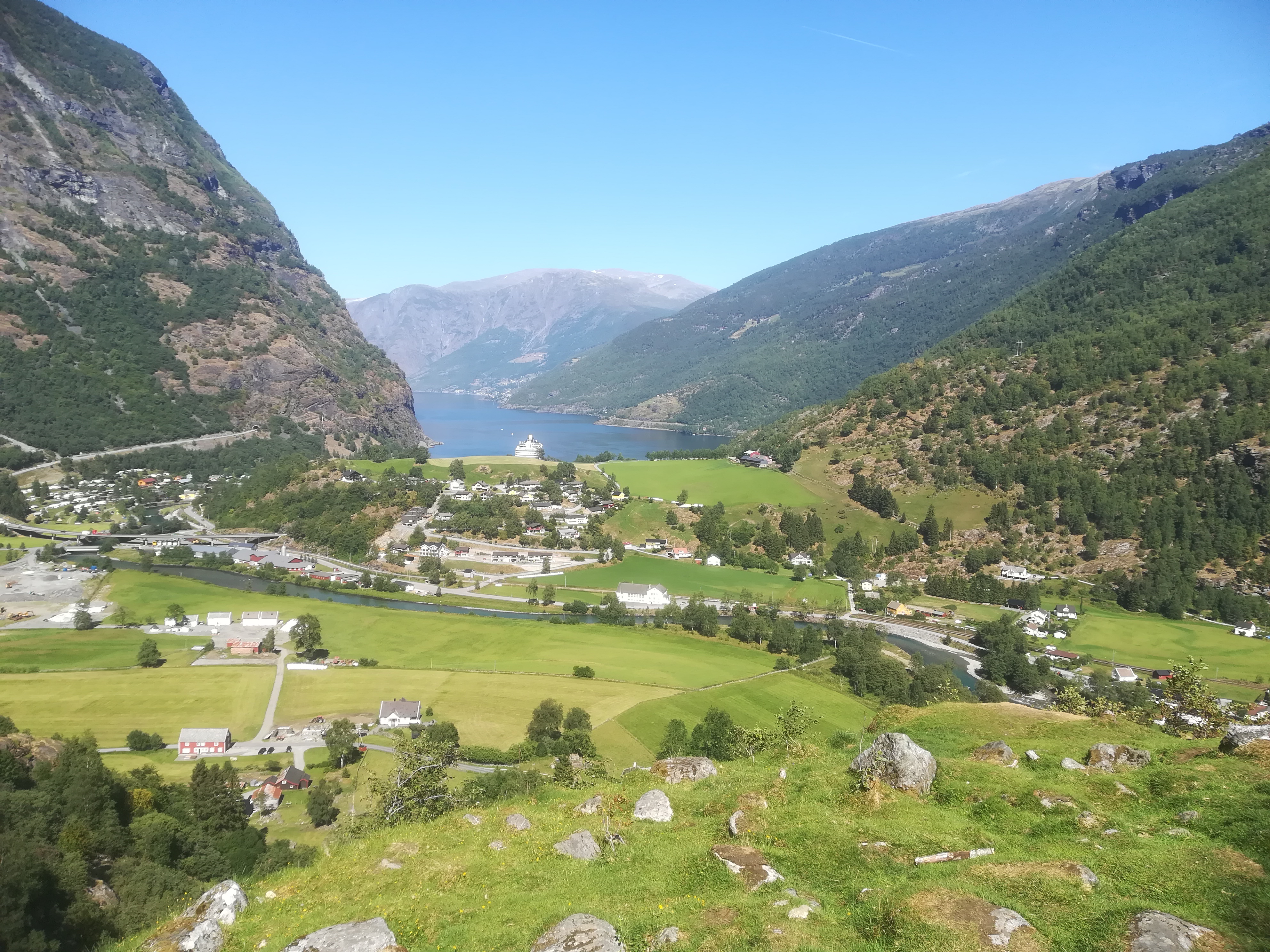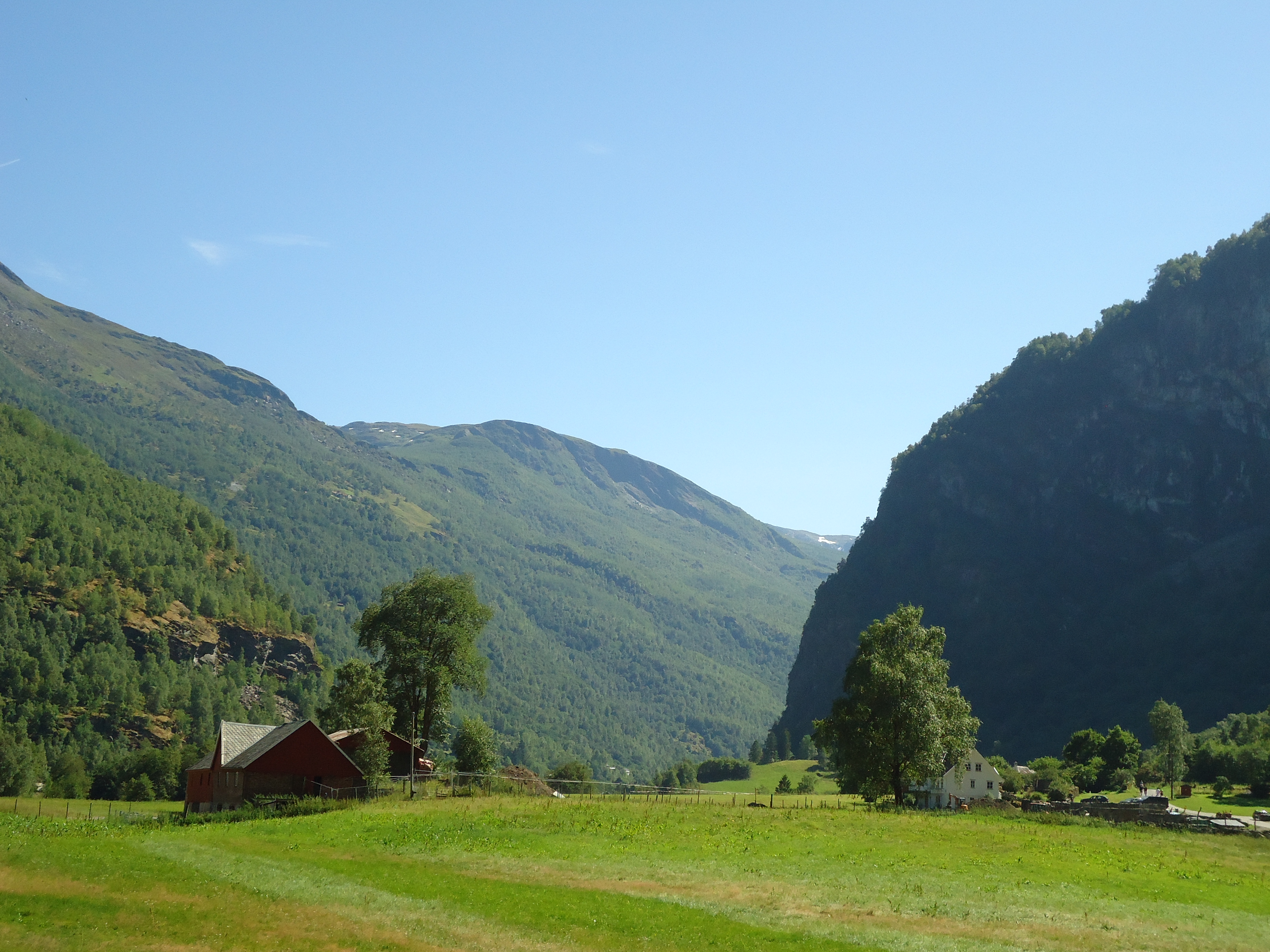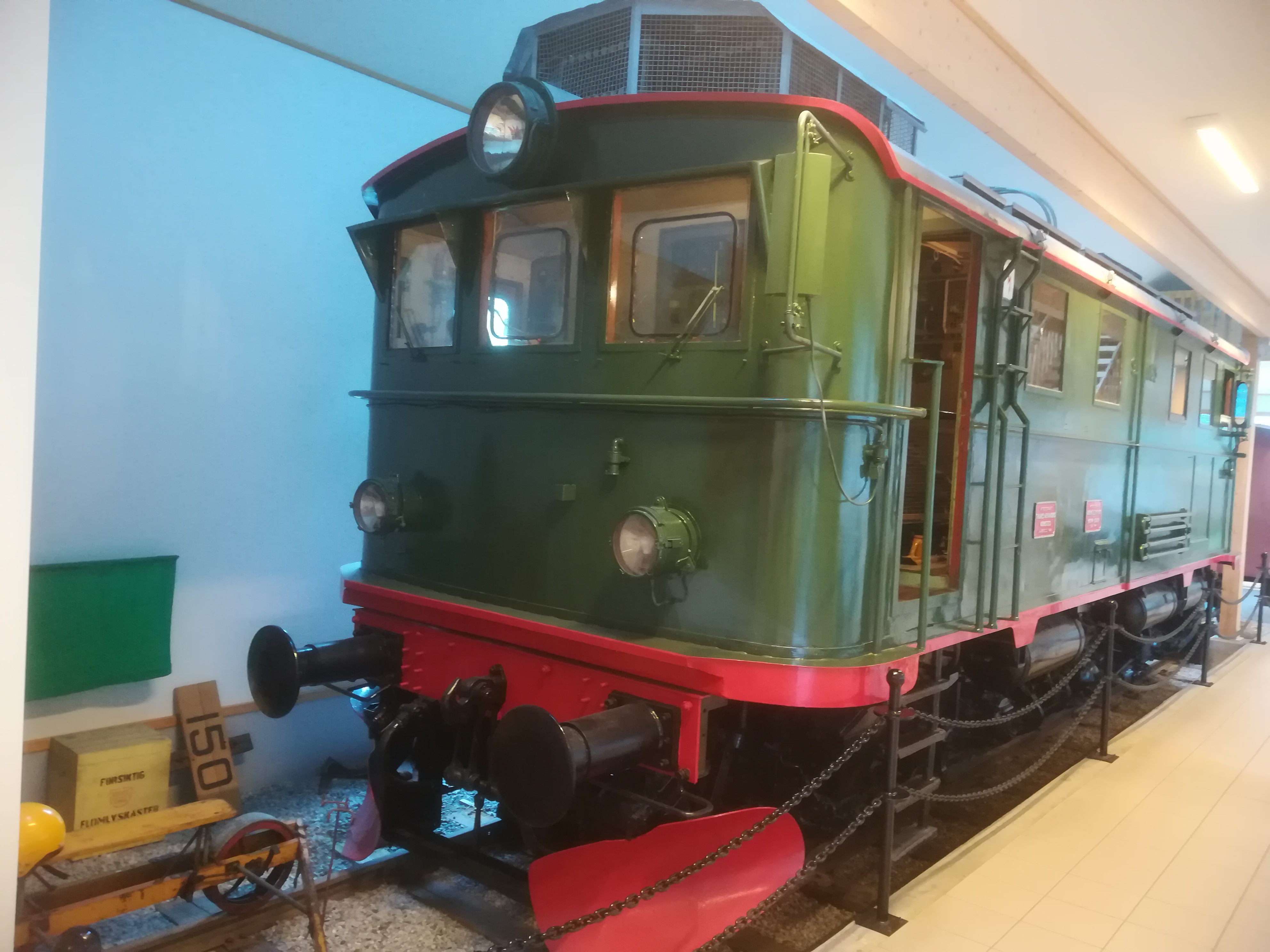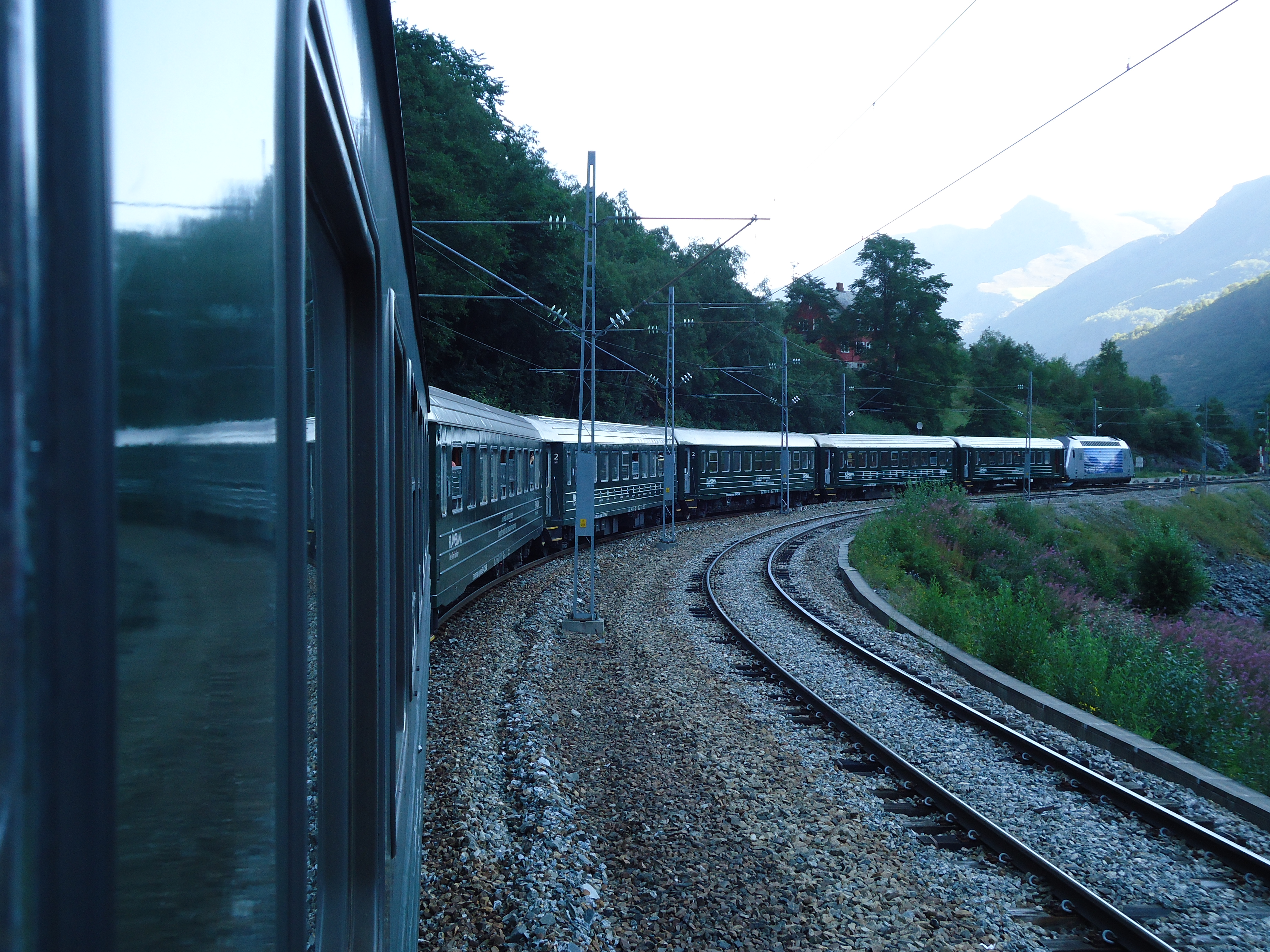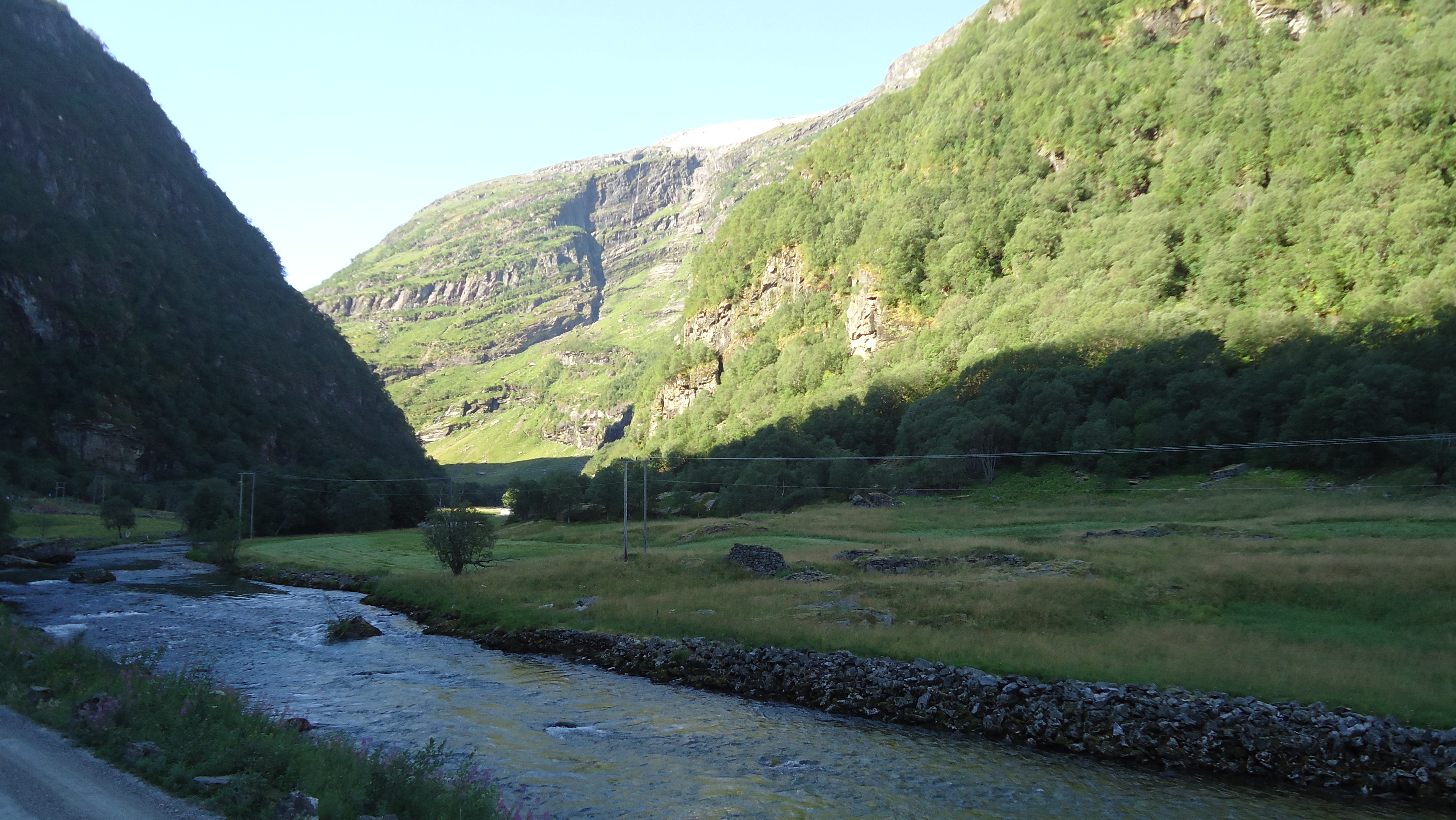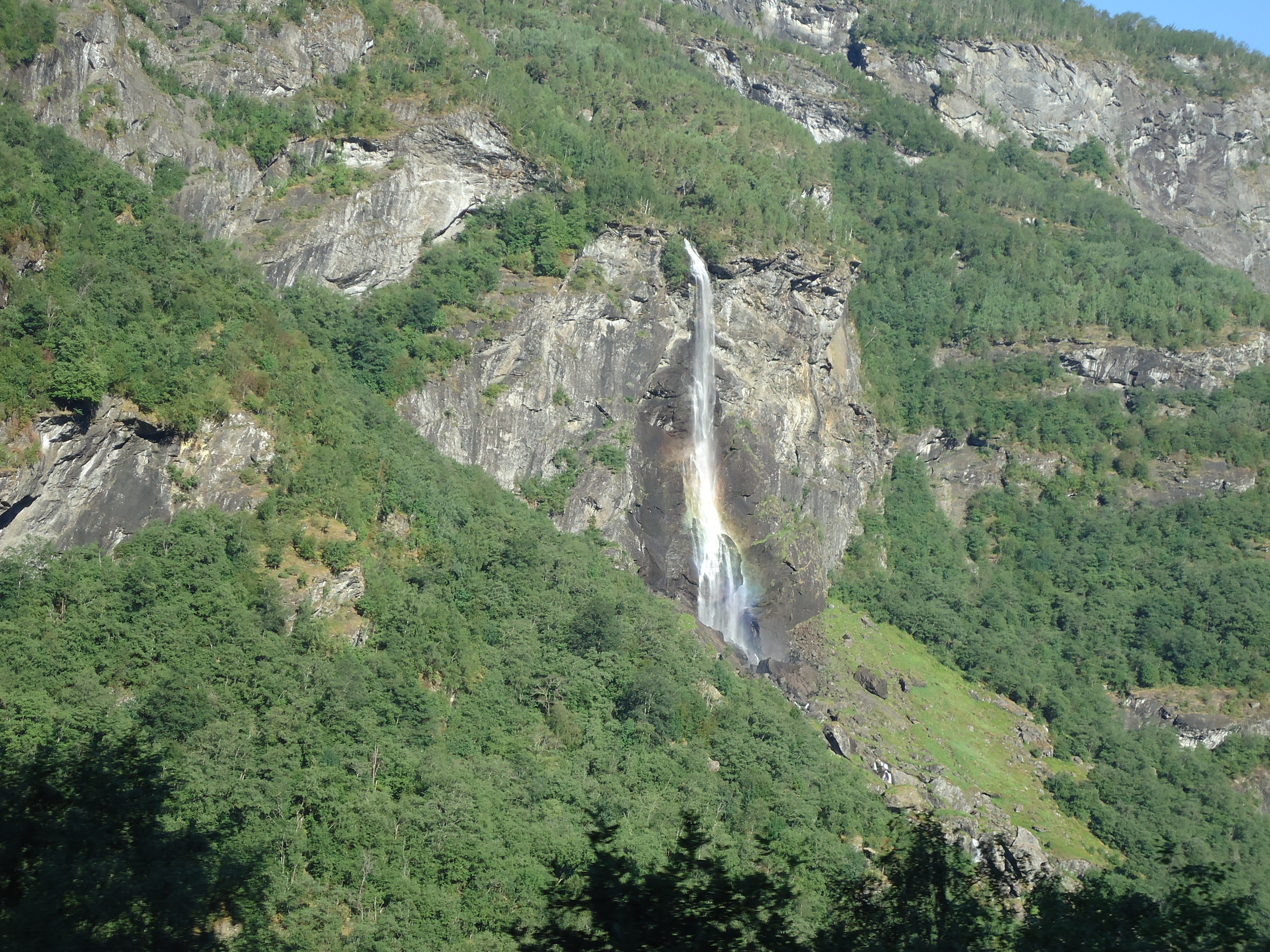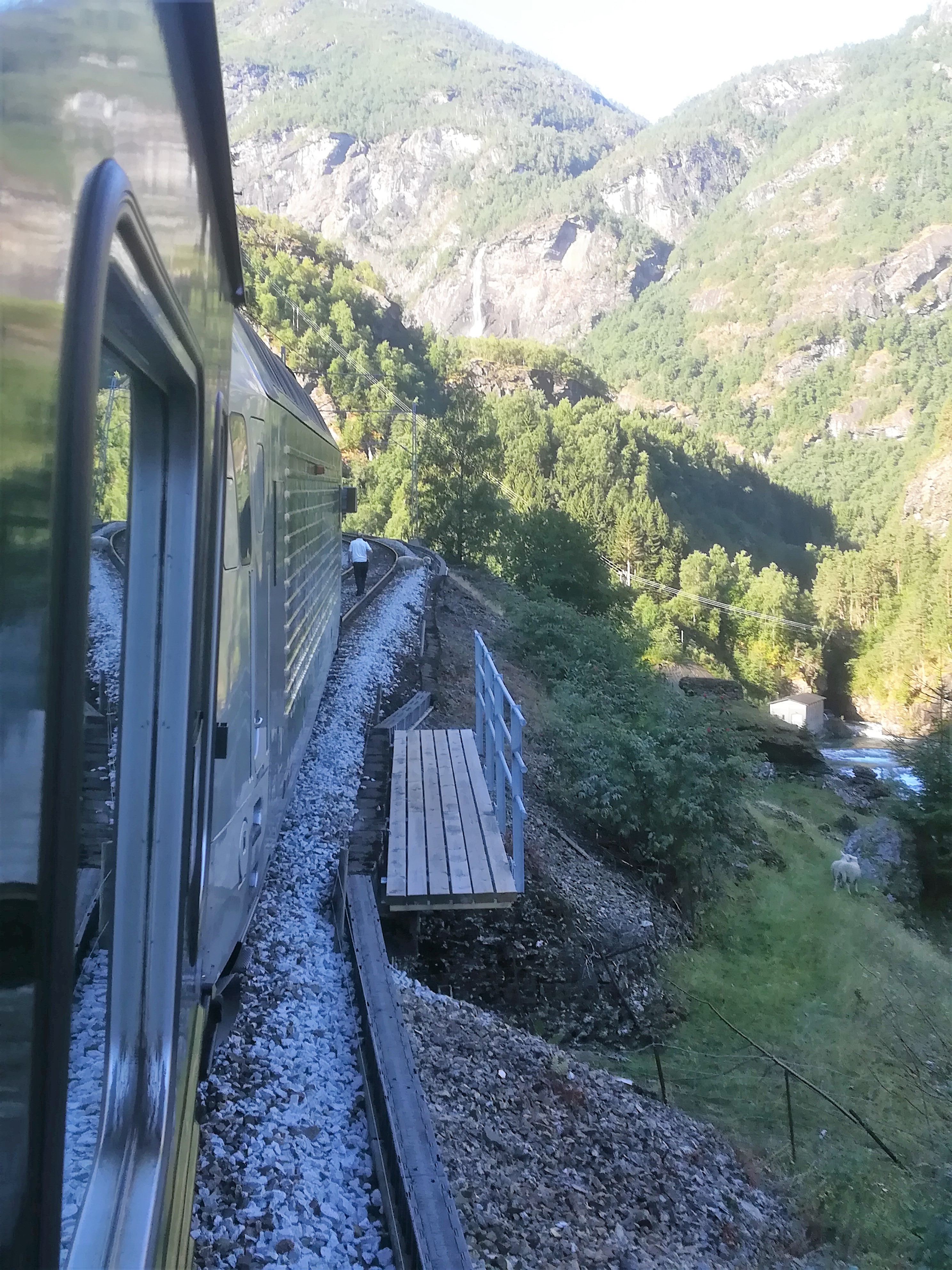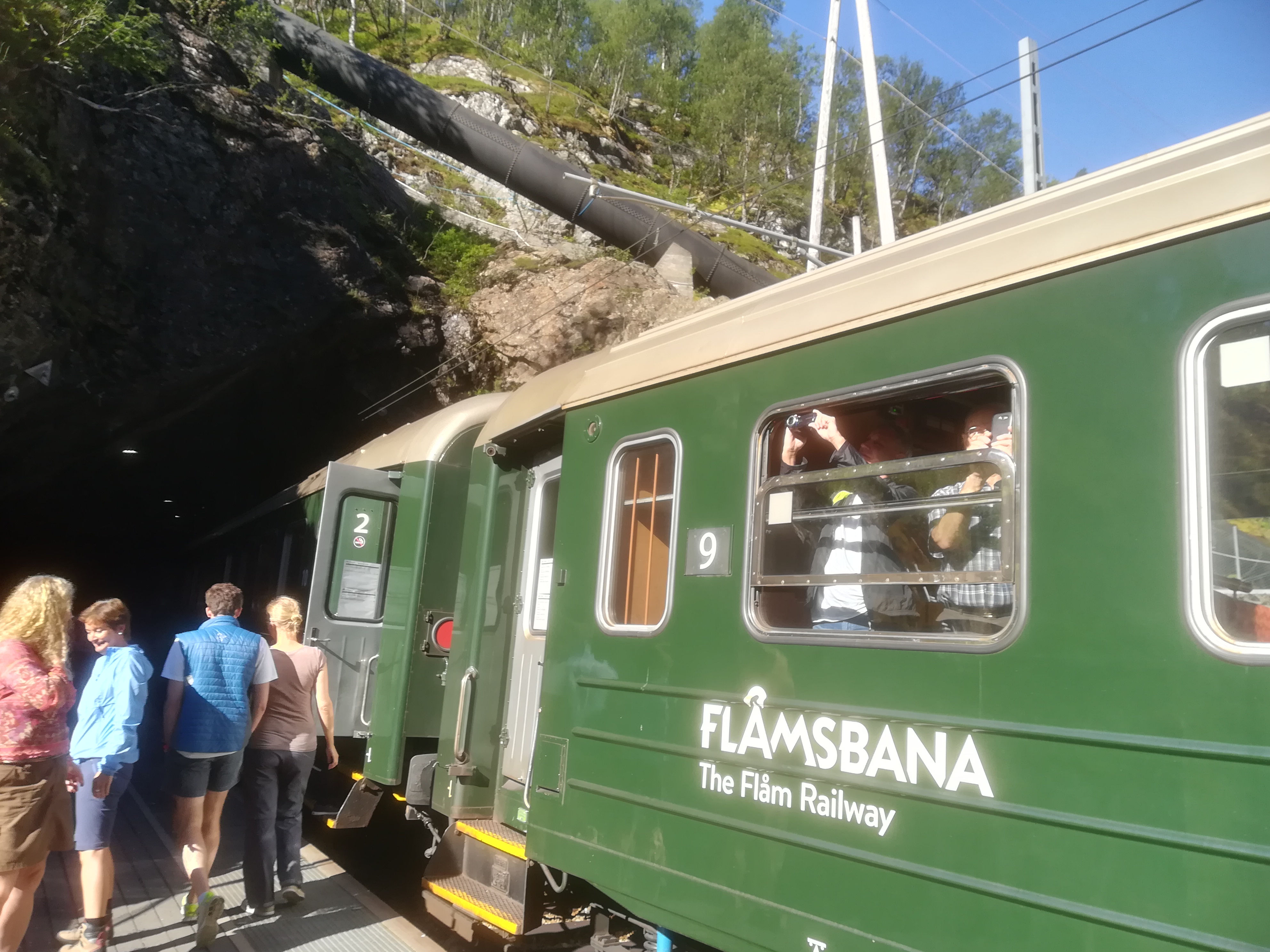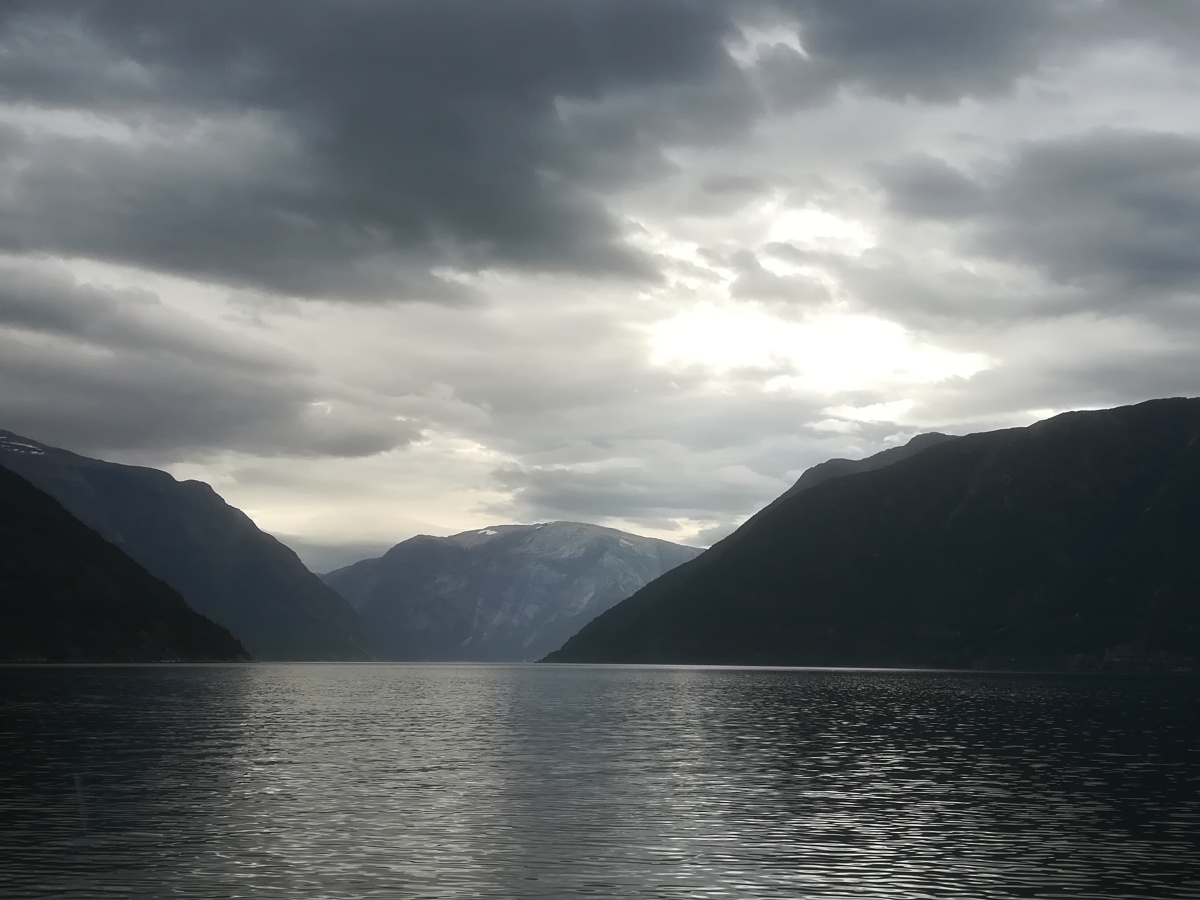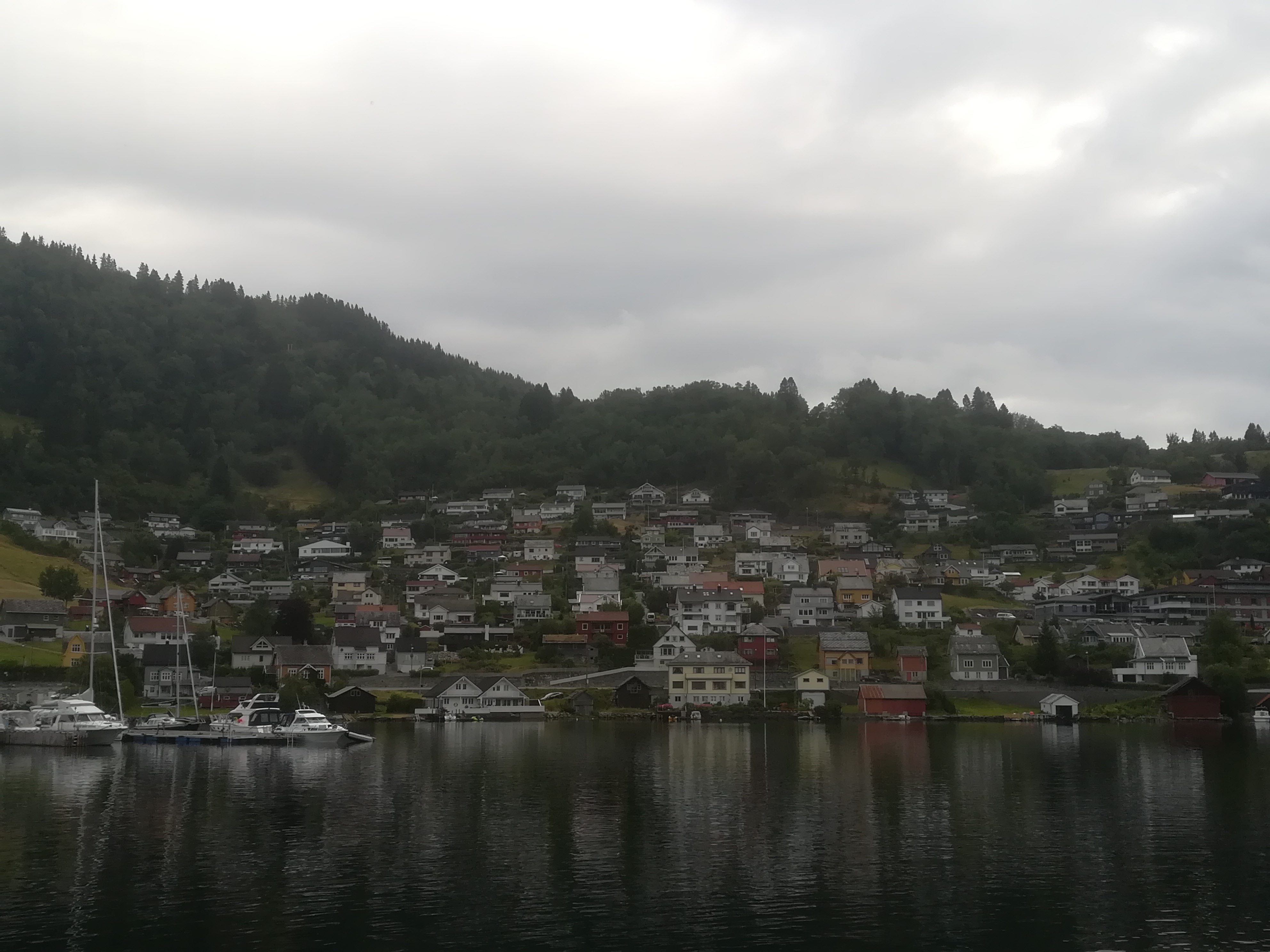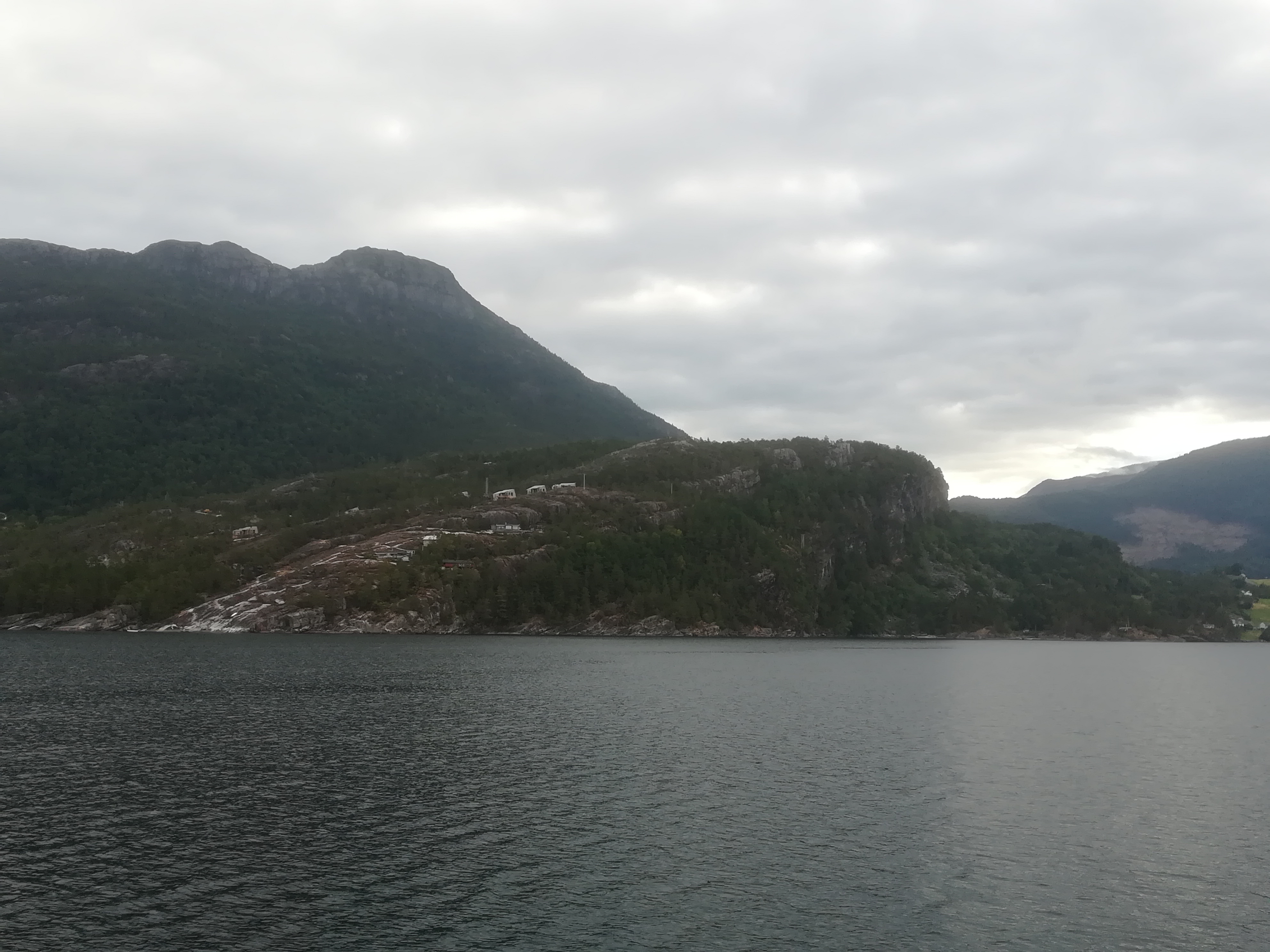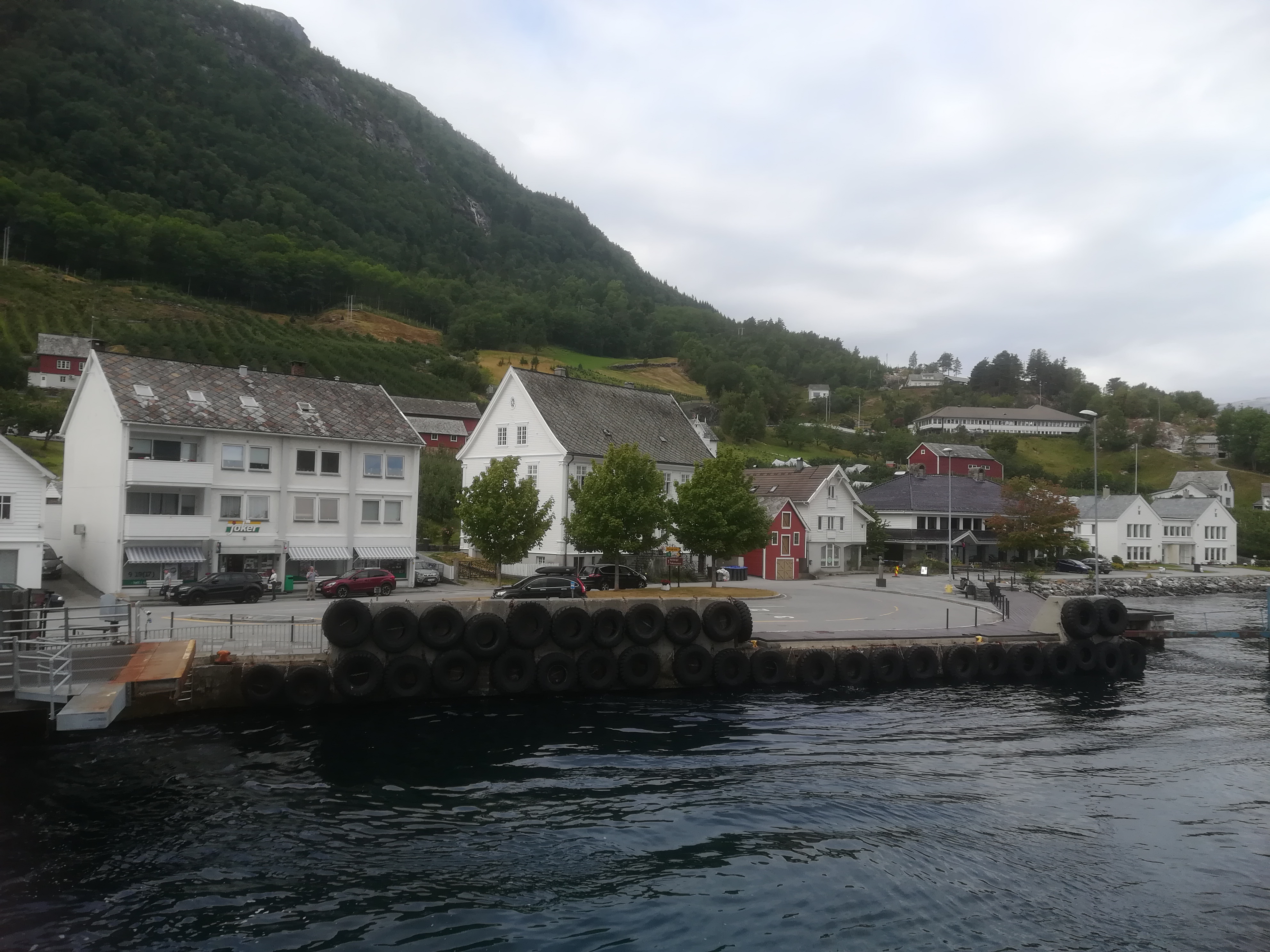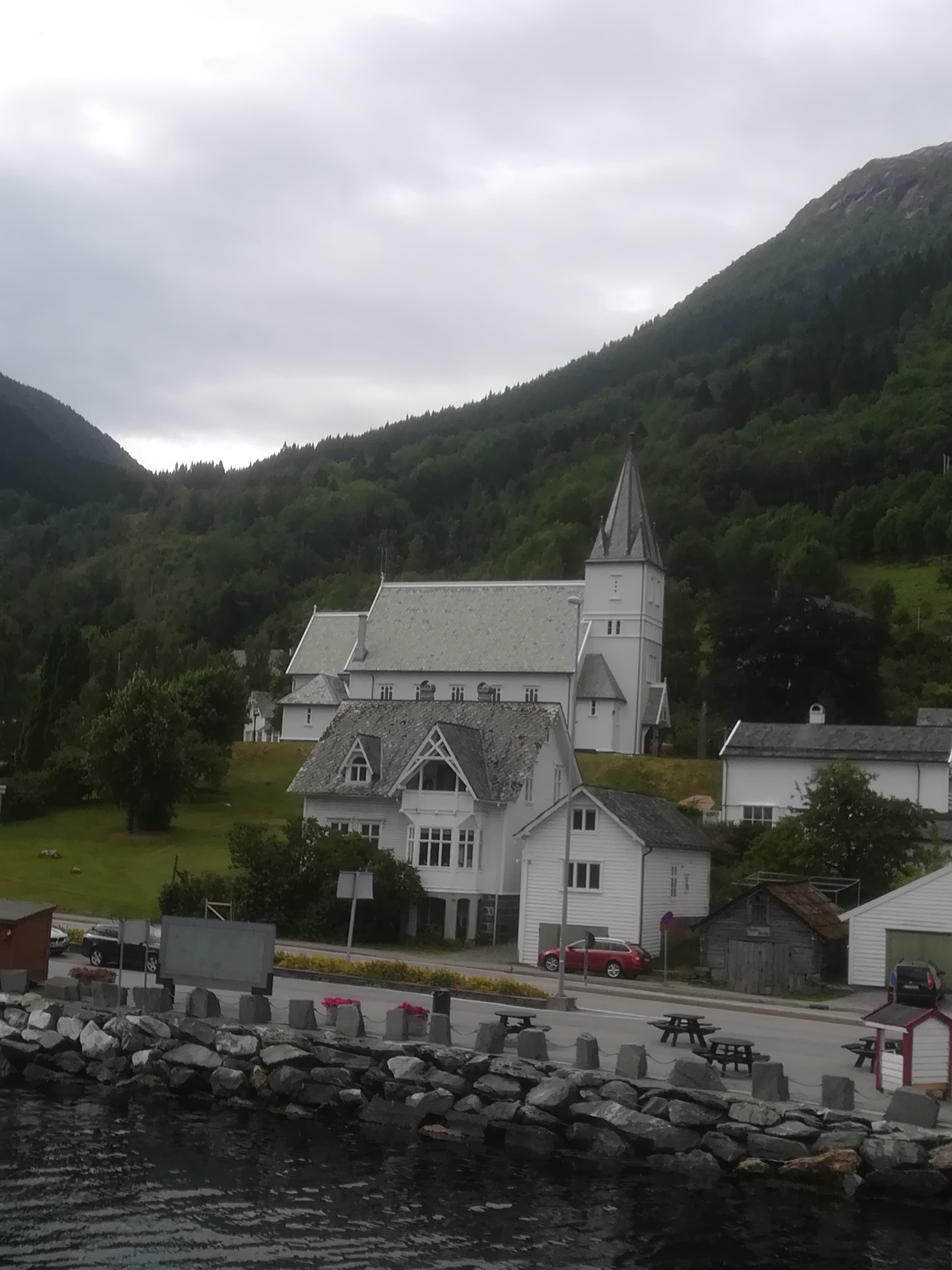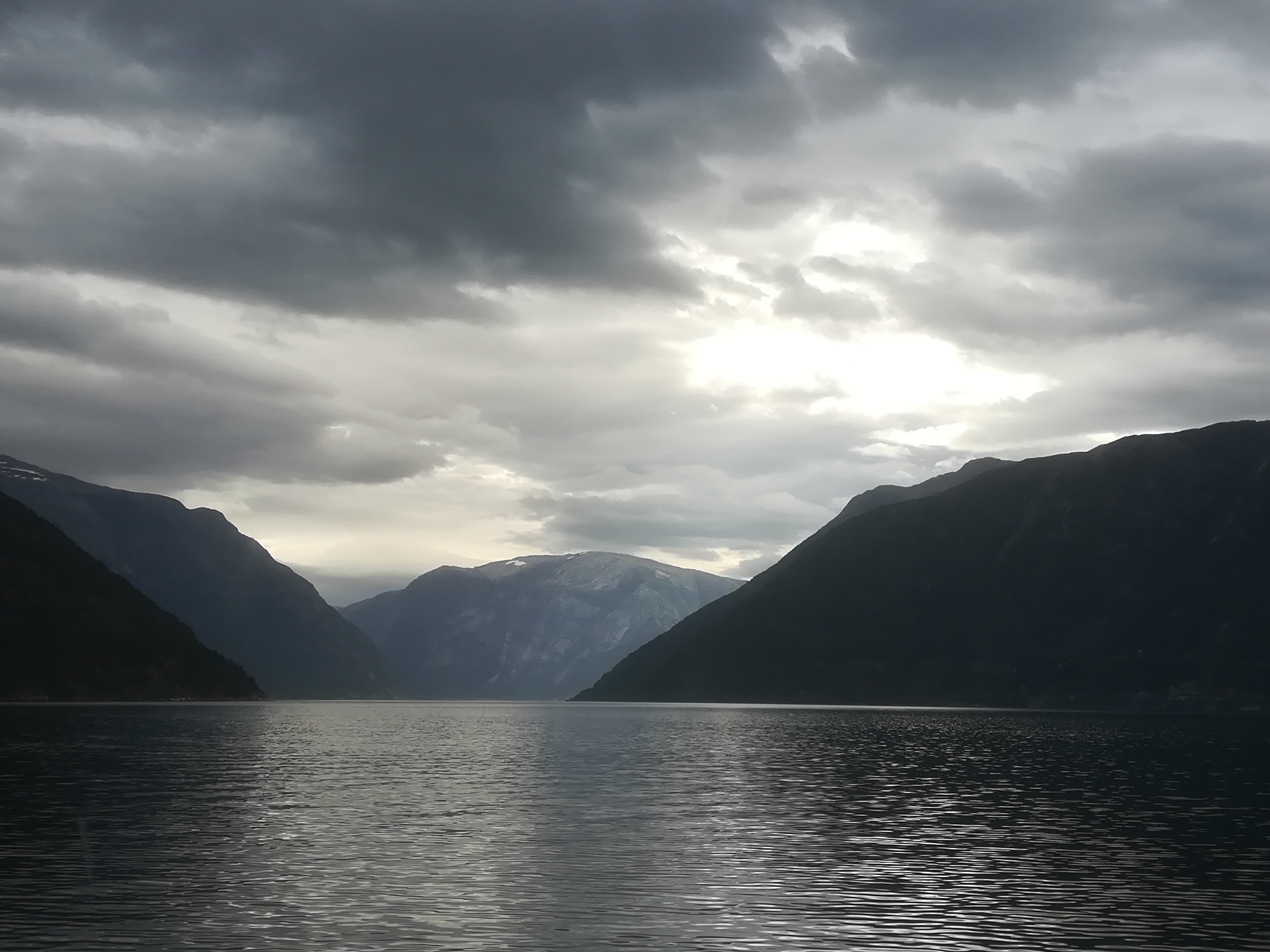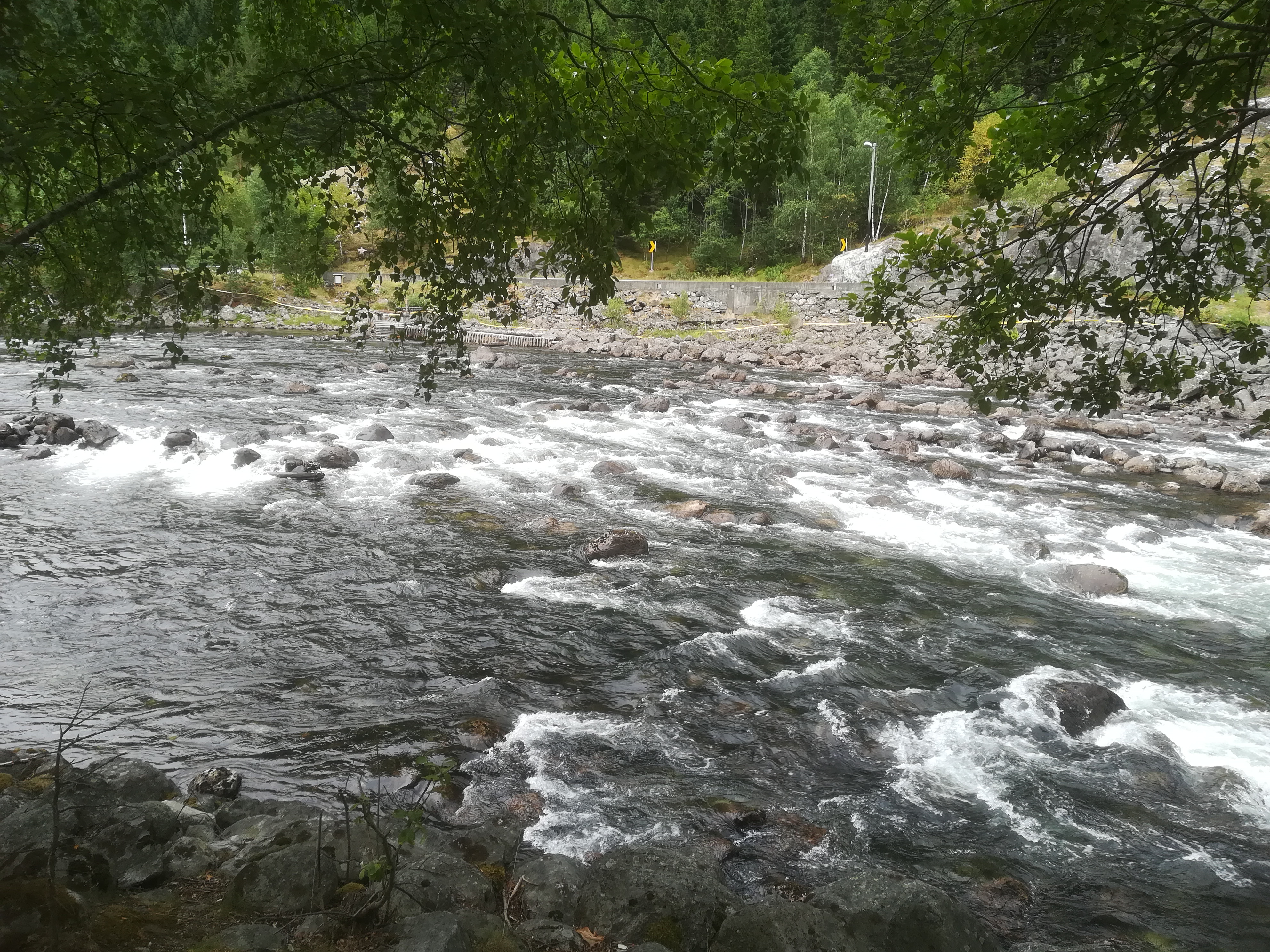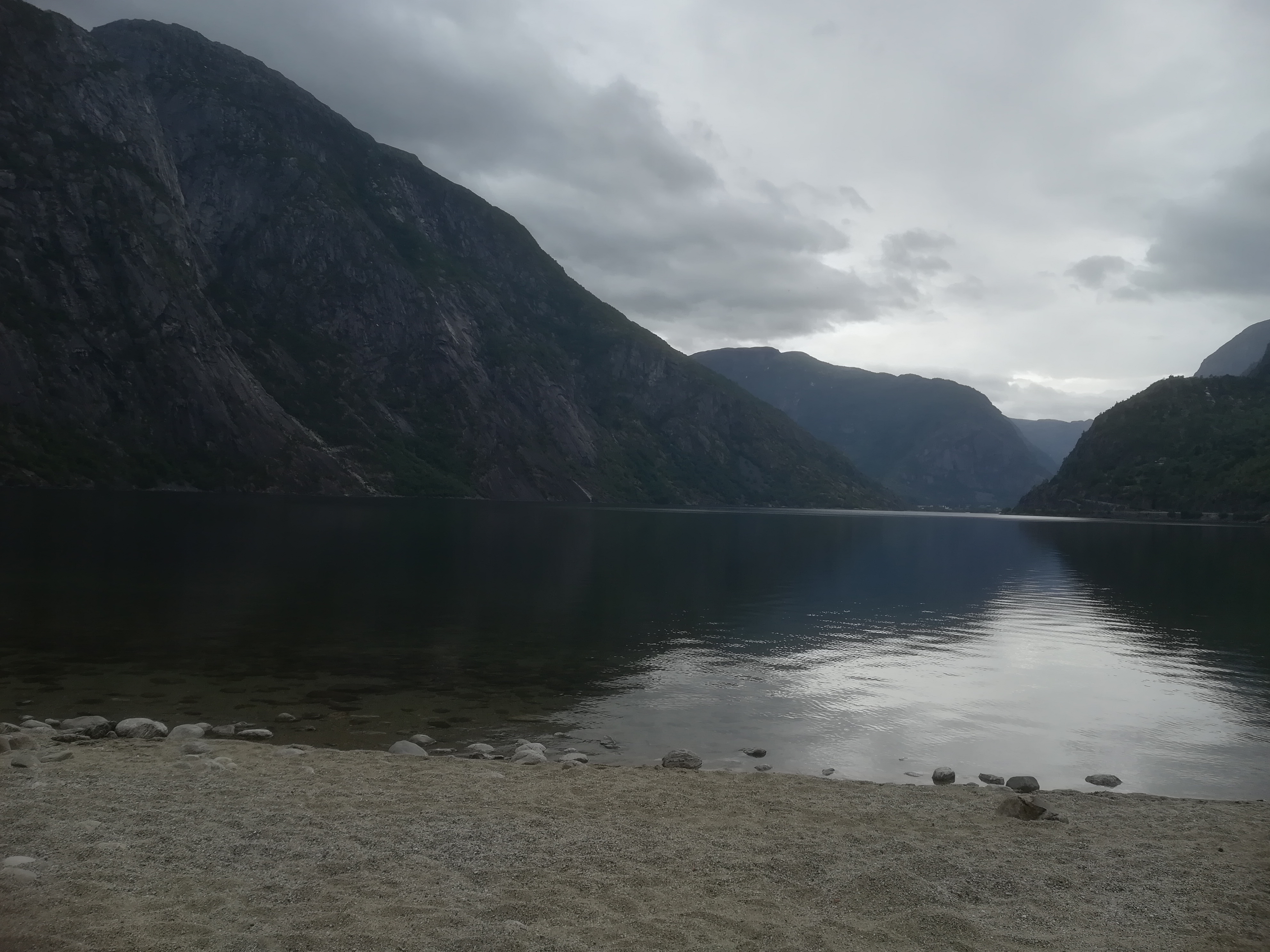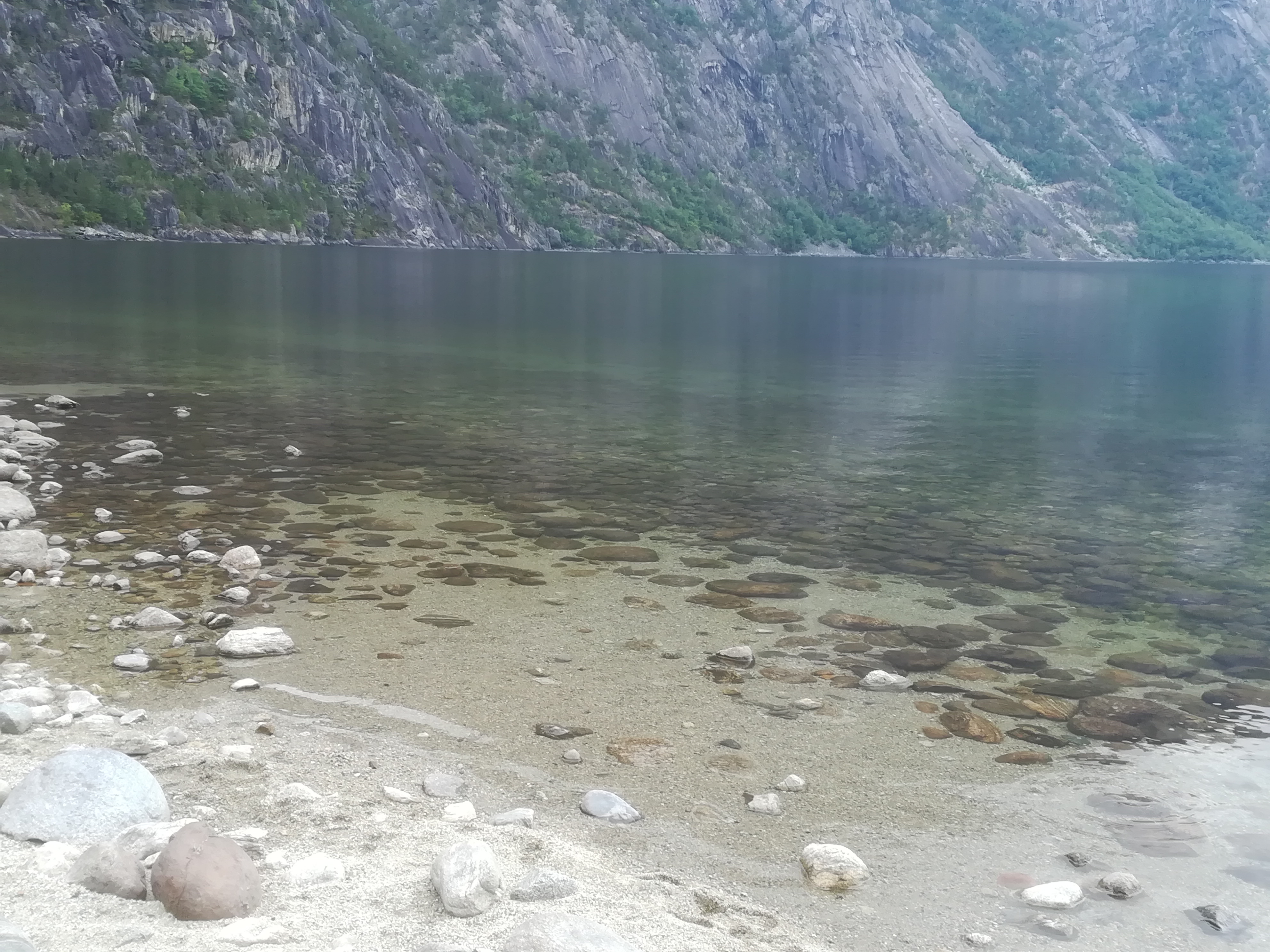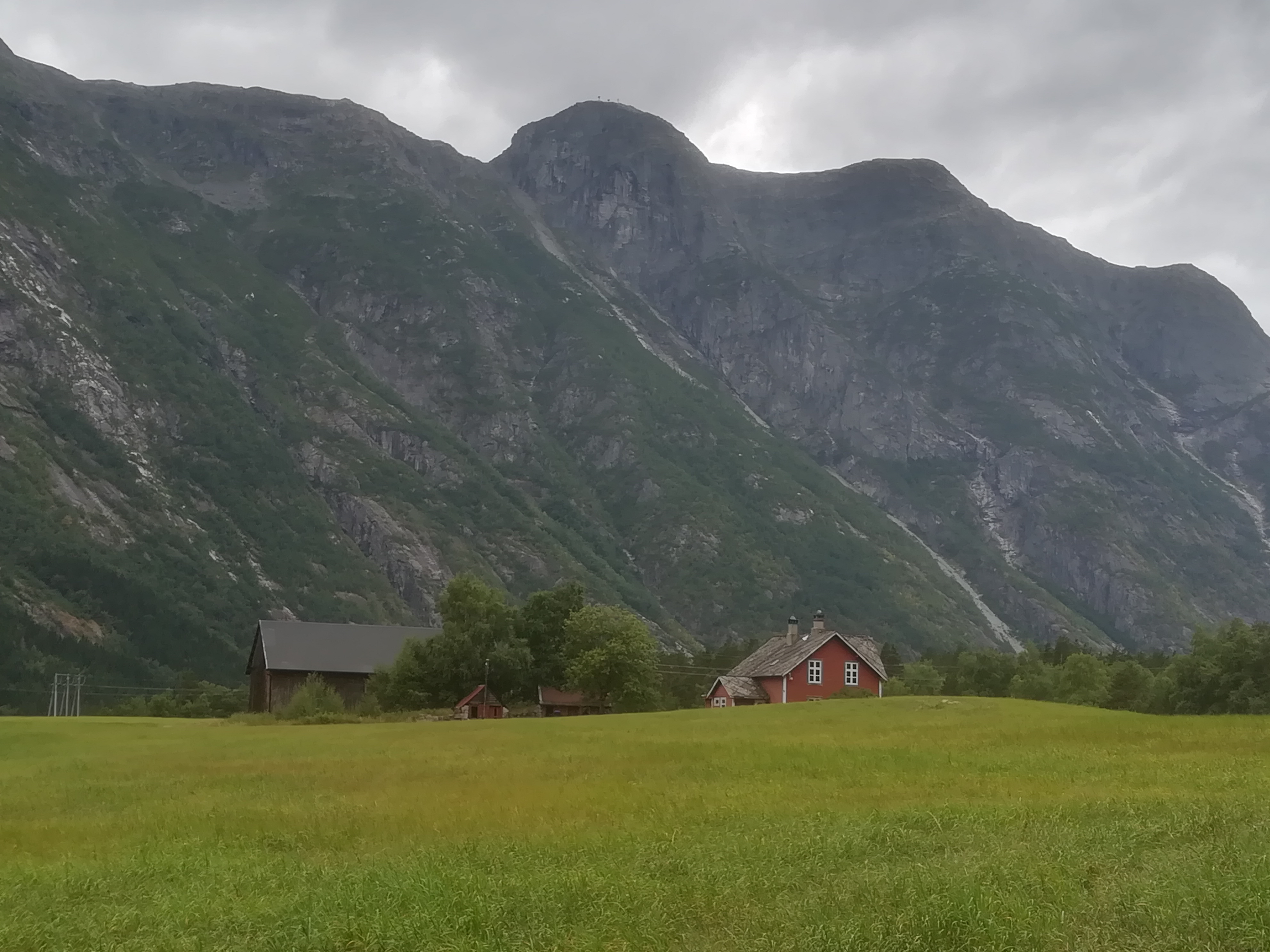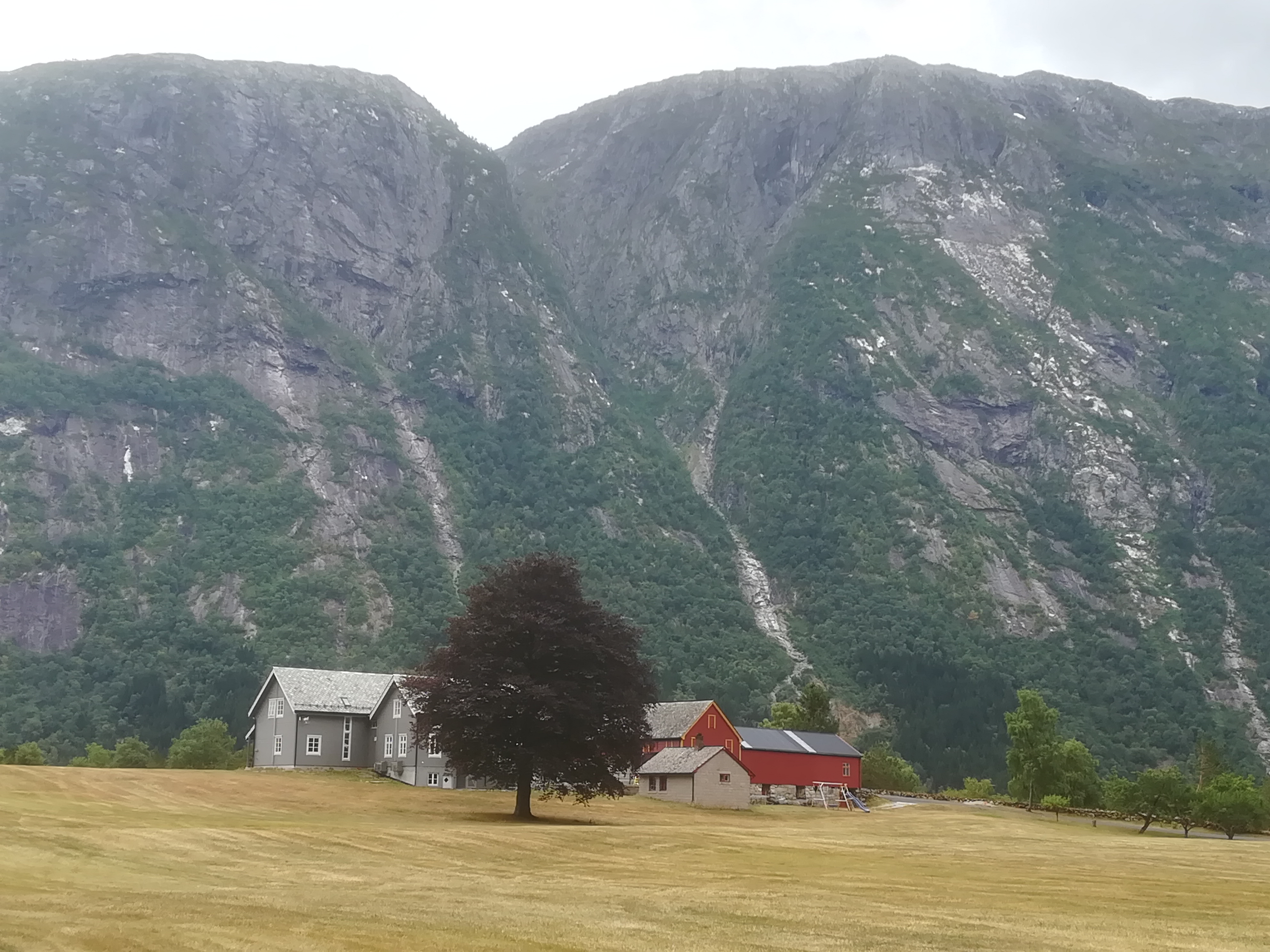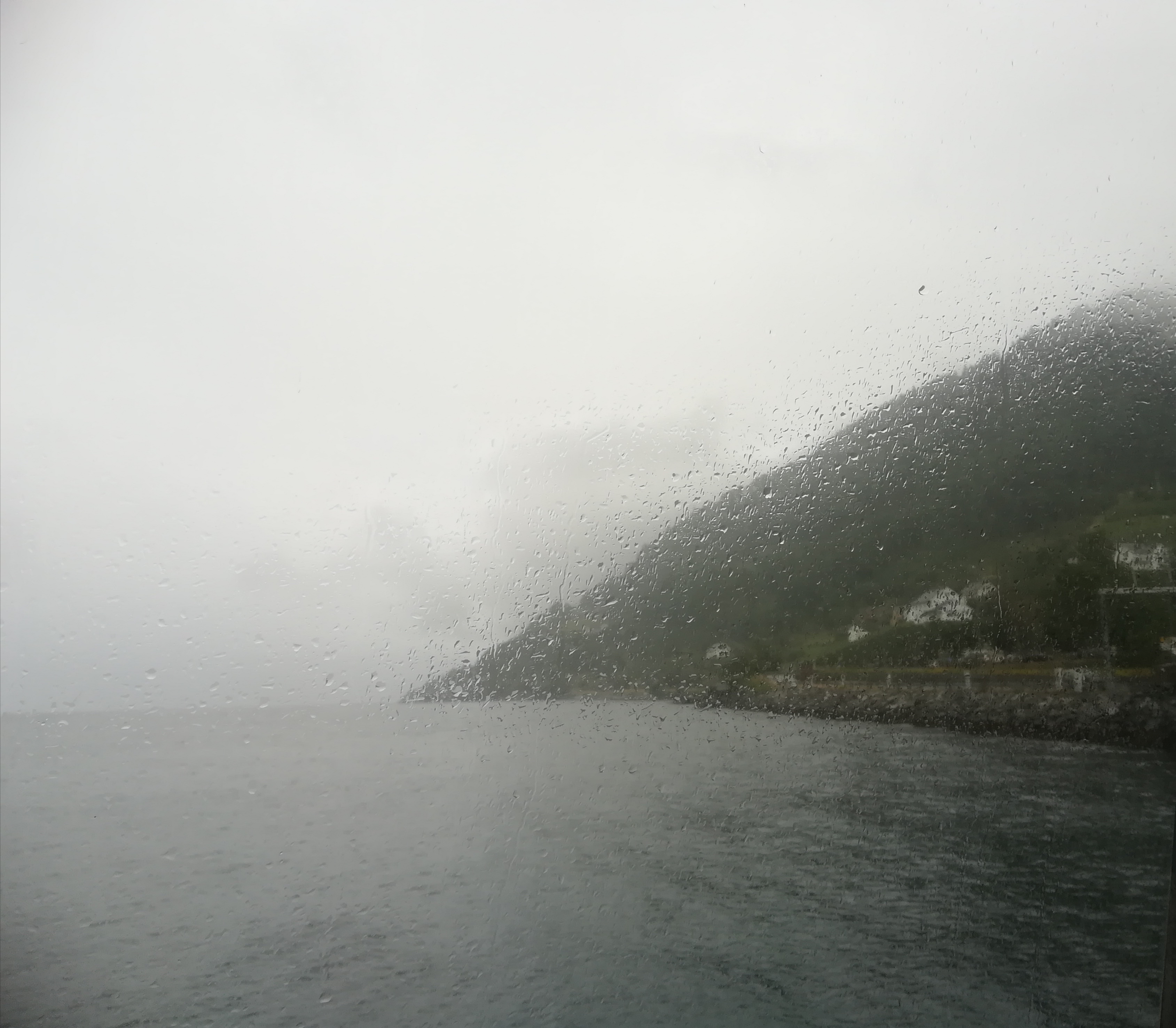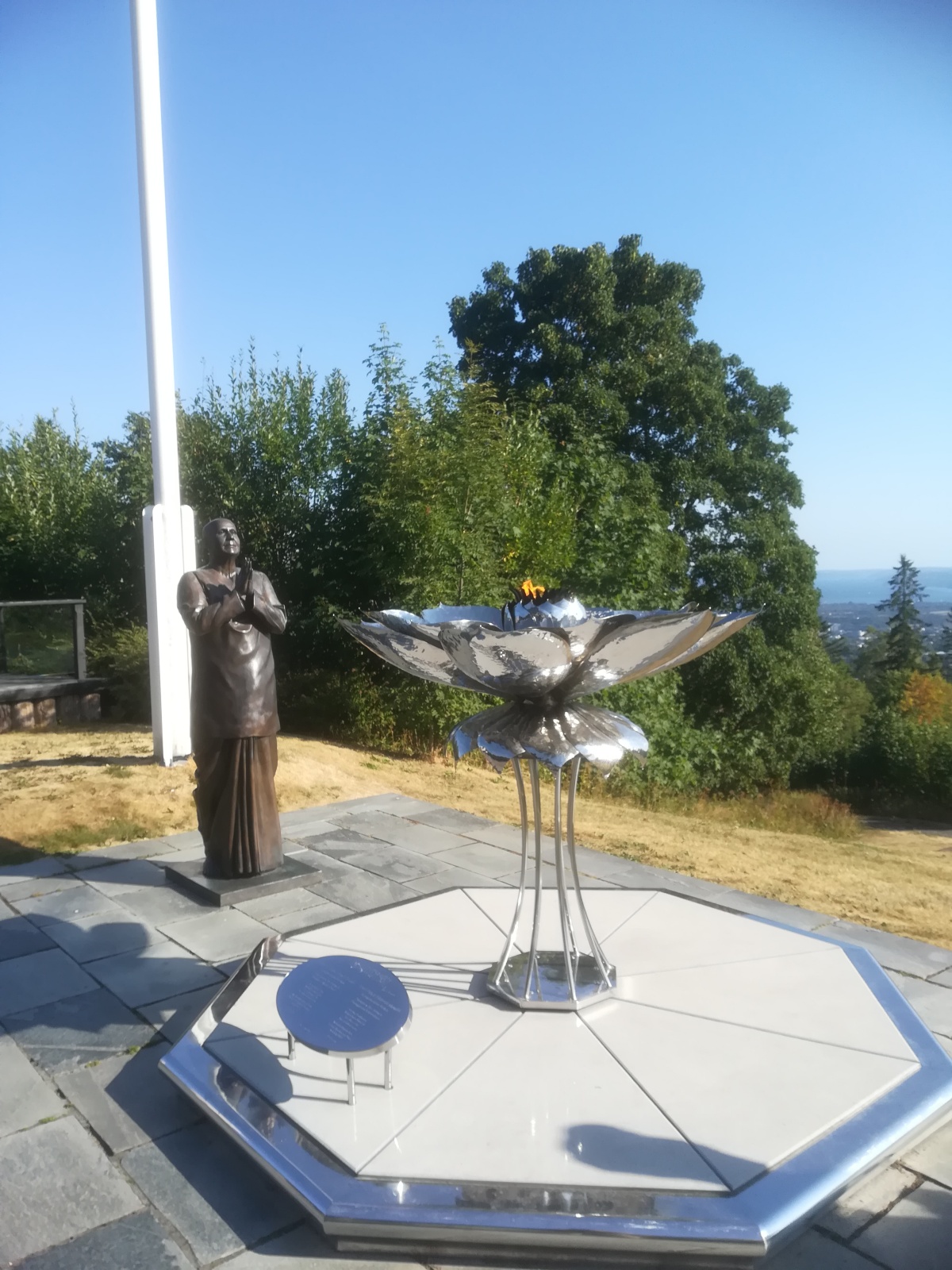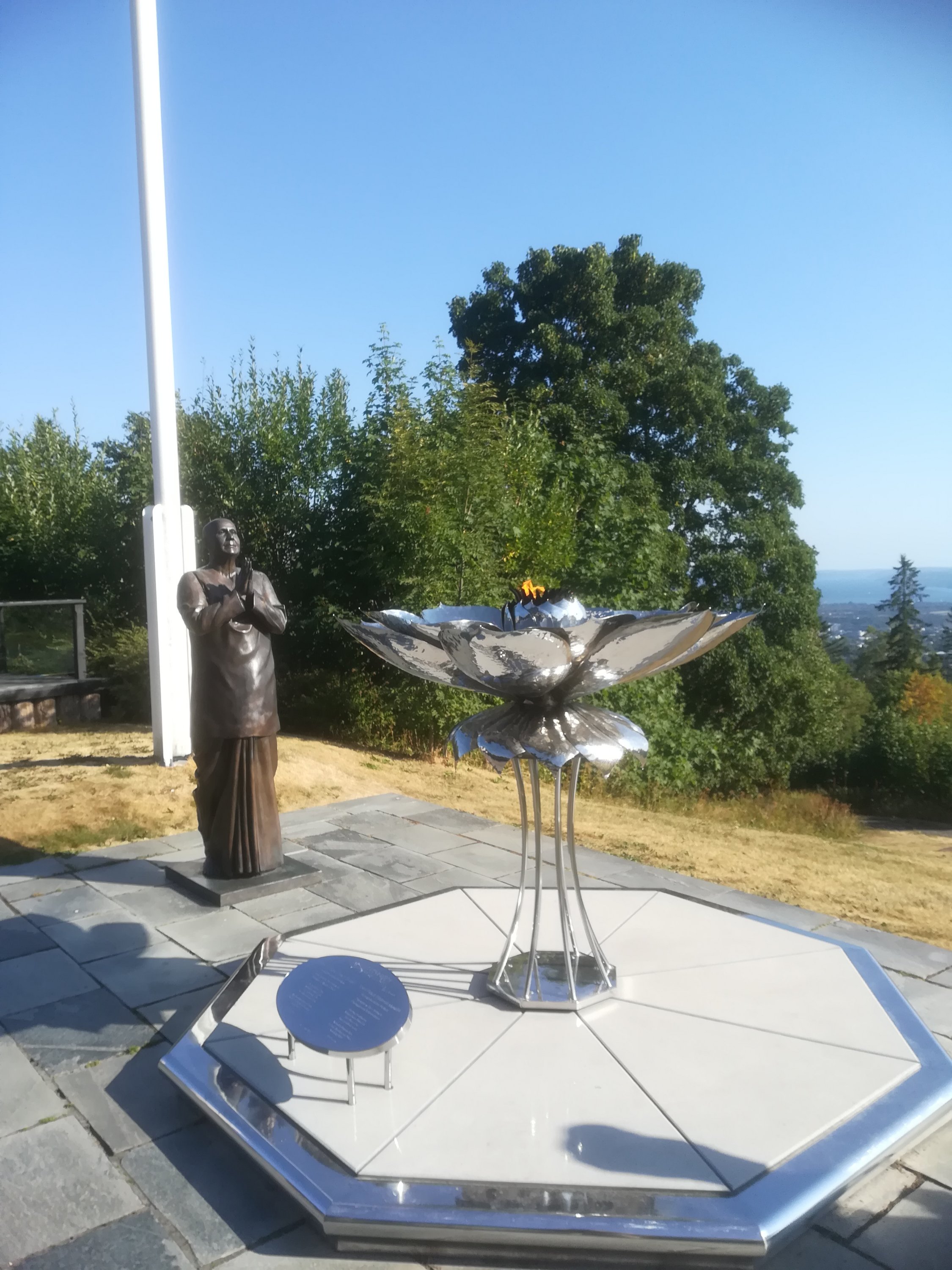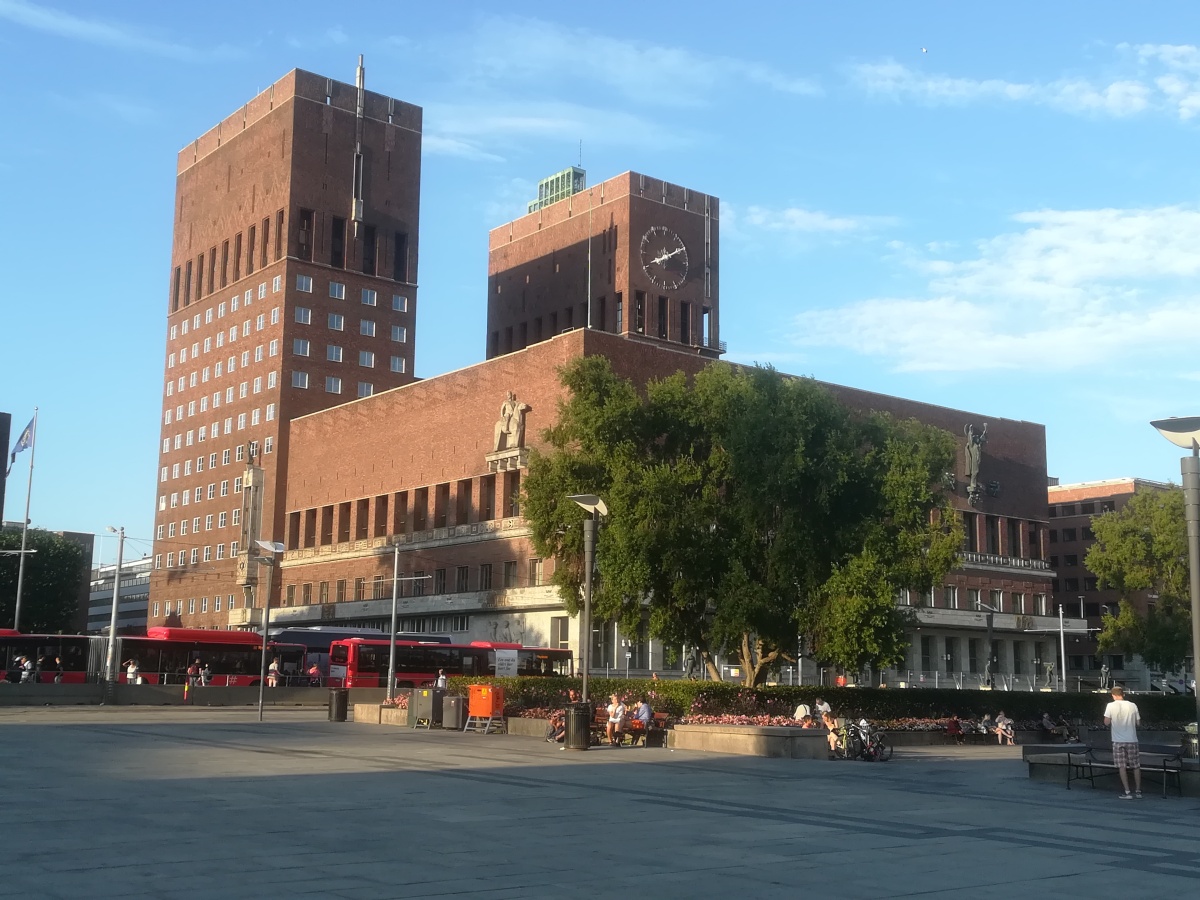‘If we took a holiday. Just one day out of life. It would be so nice.’ Madonna sang this in the 80s, but it’s still true in 2022: Even one day of fun can feel like a long holiday. We went on a one-night-holiday last summer and it did truly feel like much longer.
We were looking for a cheap accommodation in The Netherlands and we thought that maybe it was a nice idea to stay in a pod. A pod is a small wooden cabin with a round roof on it. Often, the roof will even reach the ground. You can find these kind of glamping accommodations everywhere nowadays. Some of them are like a complete tiny house with everything in it: bed, kitchen, bathroom, toilet. Others are very basic and only have some of these facilities.
I first saw pods in a Lidl travel leaflet a few yers ago. An advertisement for a trip to Glamping Resort Biosphere Bliesgau in Germany. We were actually planning to go there. But guess what…covid. It’s still on our travel list though. Maybe next year?
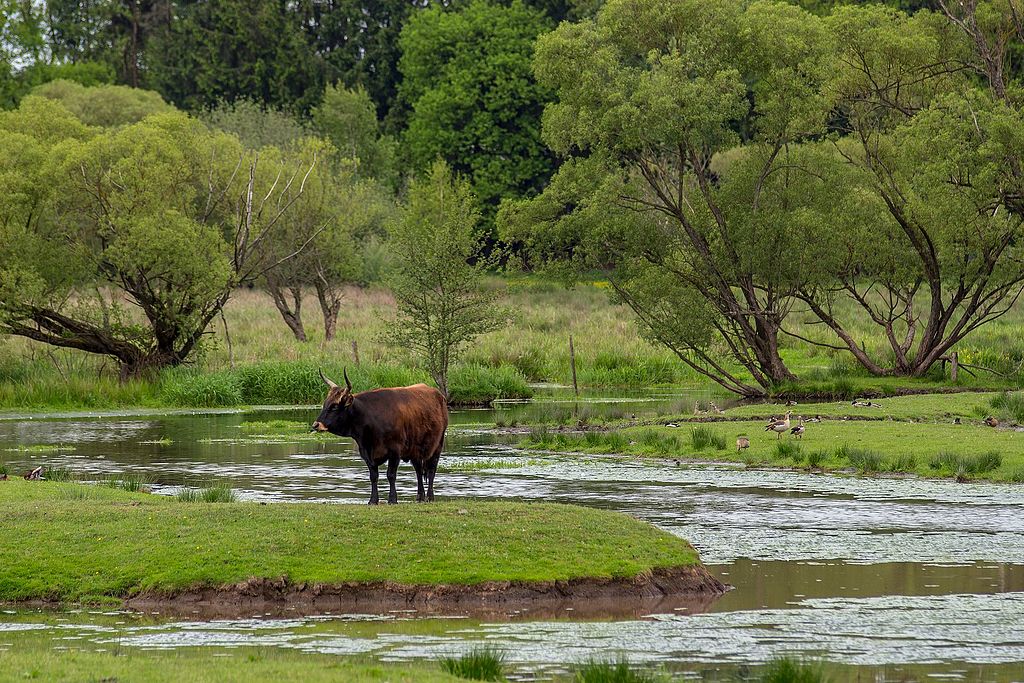
Photo: Schleifchenqueen, CC BY-SA 4.0 https://creativecommons.org/licenses/by-sa/4.0,
via Wikimedia Commons
Last summer, we eventually managed to book one night (Sunday-Monday) in a pod on campsite De Leistert in Roggel, which is about 22 kilometers from where we live. Perfect for a cycling trip! And the weather was great as well.
National Park De Groote Peel was also on our cycling route, so we stopped there to take a walk and enjoy nature. The main routes all have paved paths, which makes De Groote Peel perfect for family walks, and it’s also wheelchair friendly. The park has a nice shop, with all kinds of interesting products related to nature and walking.





We arrived at the campsite around 5 o’clock. The employees at the reception were very friendly and showed us where our pod was located. De Leistert is a huge campsite. There are hundreds of spaces for tents and caravans, there are bungalows you can rent, lots of mobile homes, glamping safaritents. We cycled around for about 15 minutes and just couldn’t find our little pod. Then, somewhere in the outskirts of this huge campsite, we found a small lawn with 6 pods on them. It was a quiet area, surrounded by bushes.
The pod had everything we needed, even a toilet, even though it was a bit cramped (in fact, Marco’s long legs barely fit in). But we thought it was really cute and funny. The pod didn’t have a shower, but we could use the general shower facilities on the campsite.



We decided to cook pasta in our small, temporary home. We bought all the ingredients in the campsite supermarket. The stove in our tiny kitchen only had 2 burners and it took ages to get everything cooked, but we really enjoyed going back to basics a bit.

Every pod had garden furniture and a parasol, so we ate our meal in front of the house, enjoying the beautiful weather. The pods have all the kitchen equipment you need: pans, cutlery, plates, drinking glasses, etc. It was lovely to spend the evening sitting outside, with a nice drink and some snacks.

The bed was comfortable and we slept quite well. At night, I could hear the pitter-patter sounds of animals on the roof, probably birds or squirrels. So nice!
We really enjoyed staying in a pod. If you like camping, but want just a bit more comfort (like me), this is perfect. These kind of basic, tiny accommodations are usually not so expensive For us, it was also a great way to explore the countryside near our home.
Here you can find more information on Camping De Leistert.
